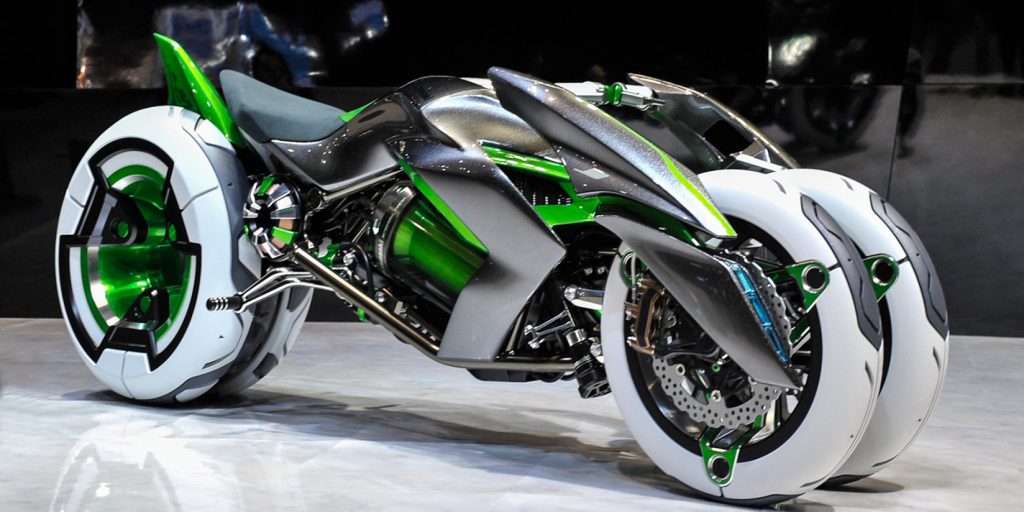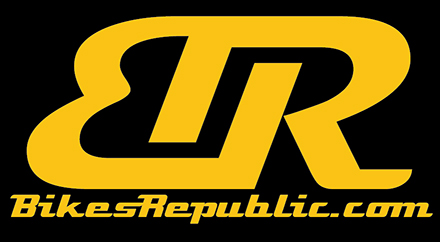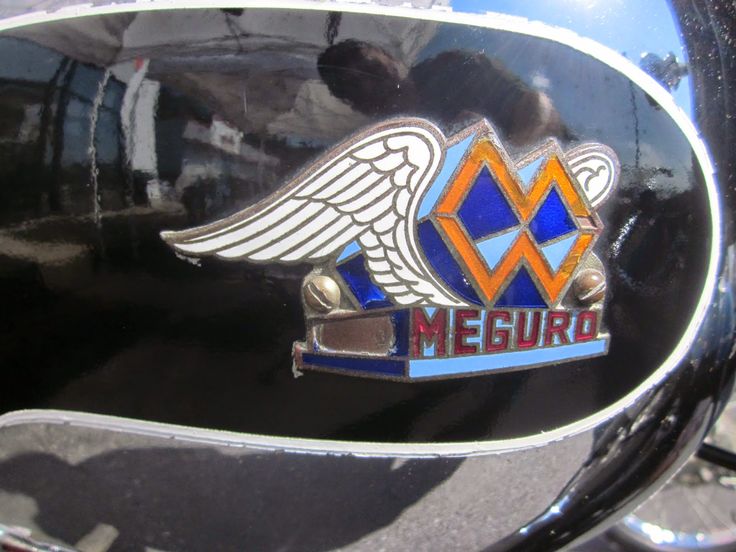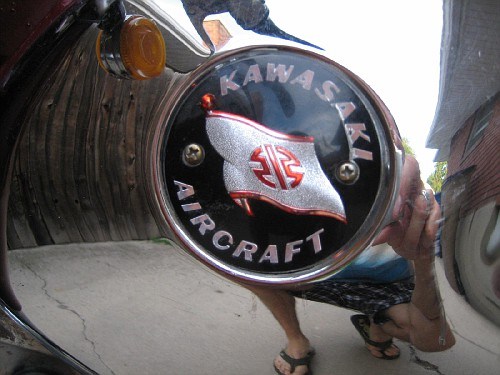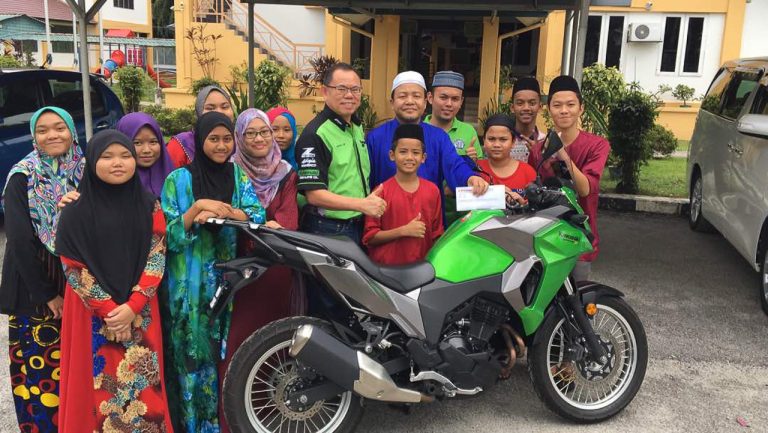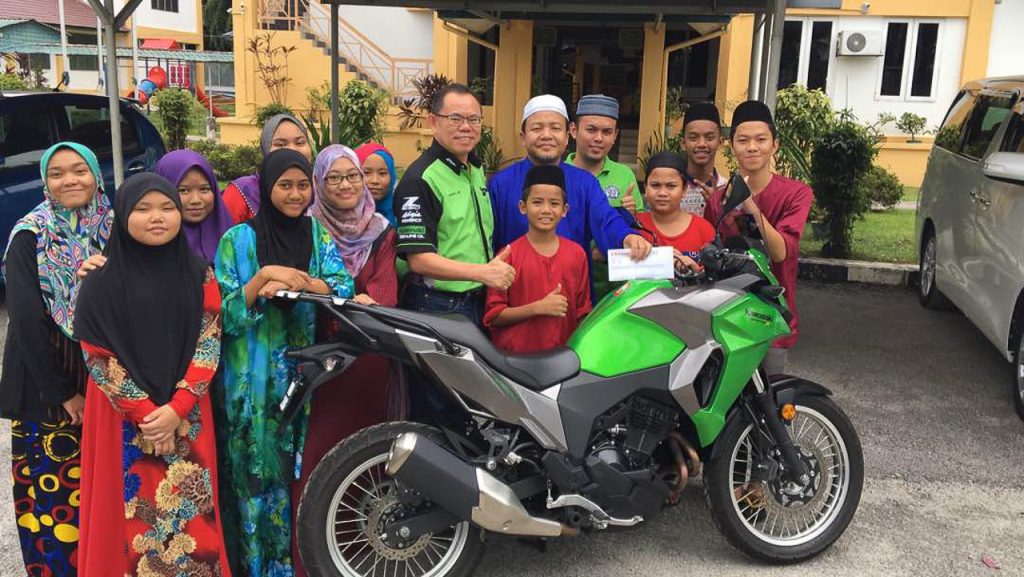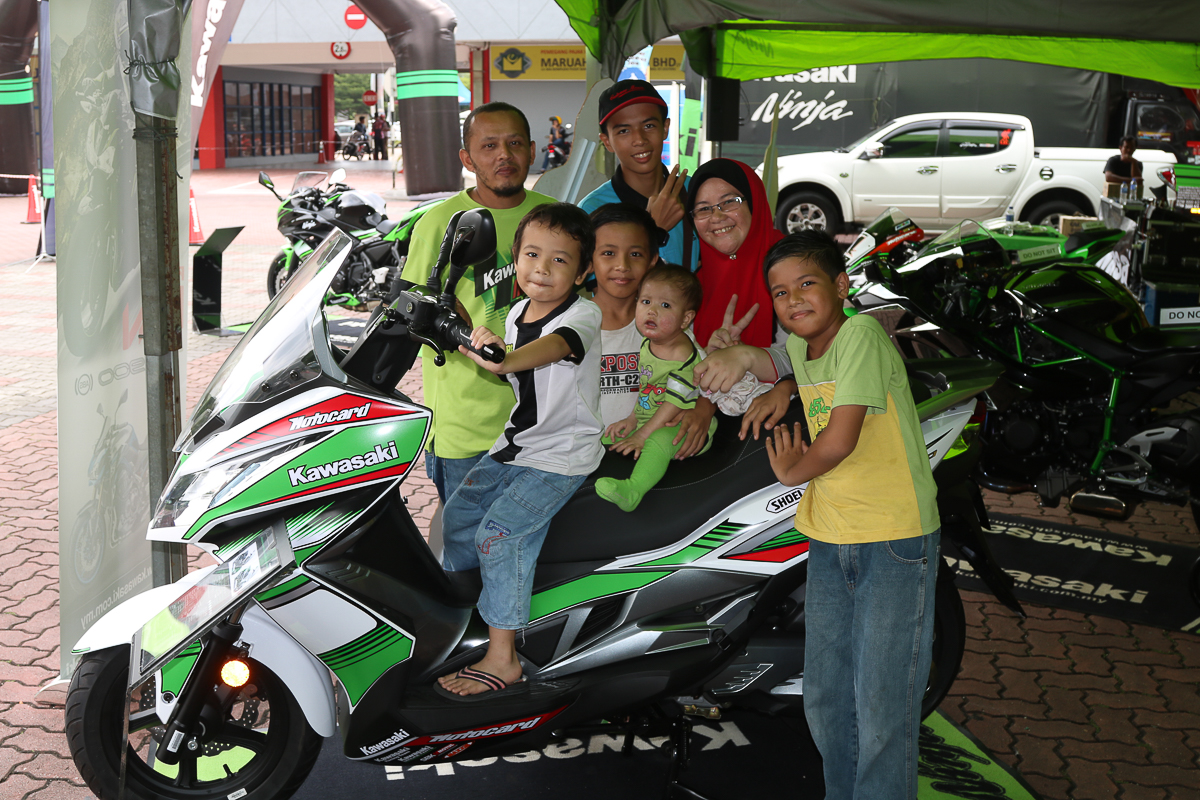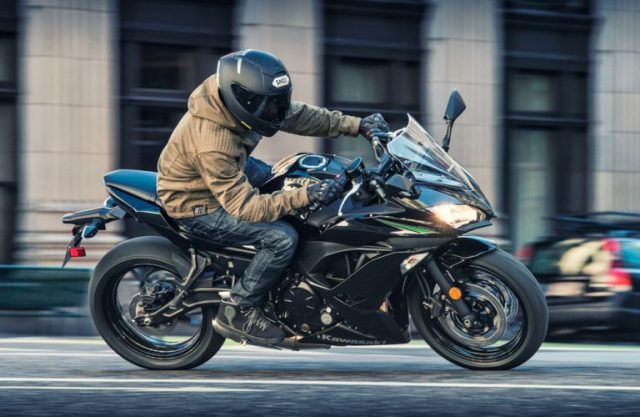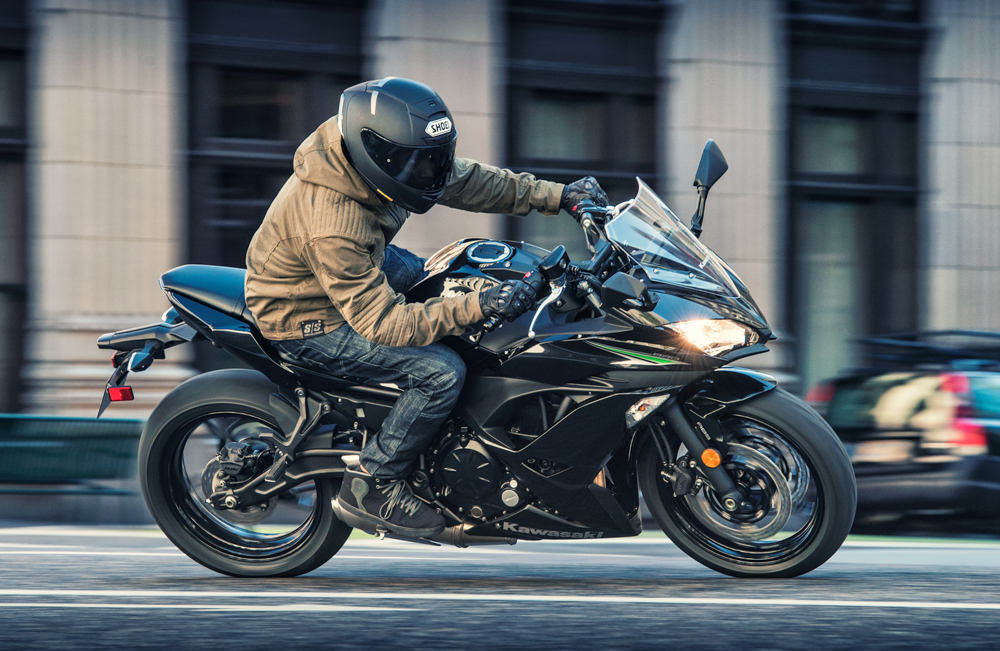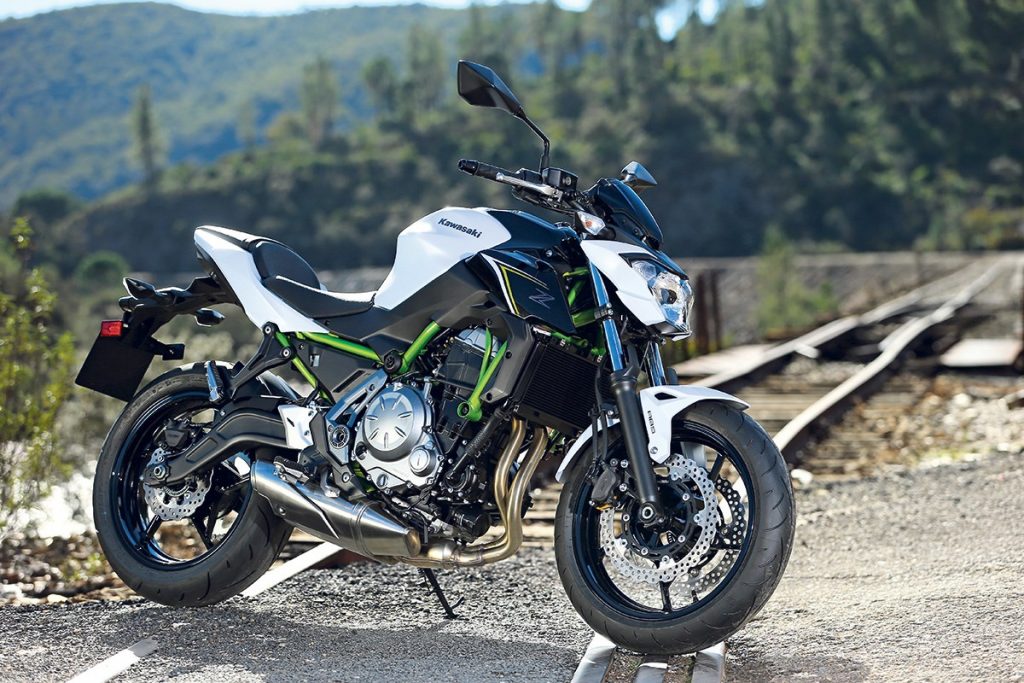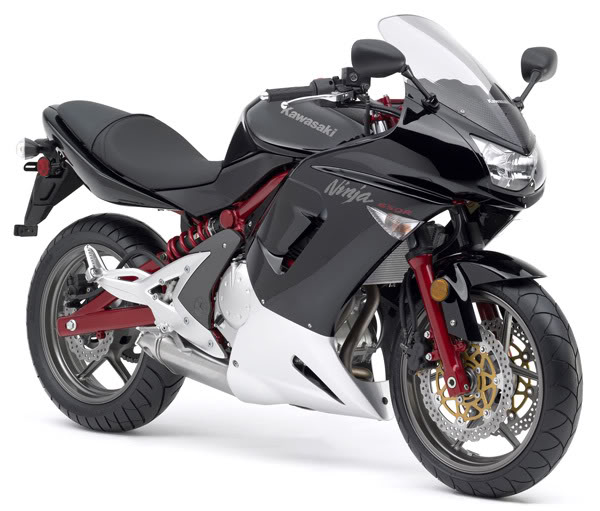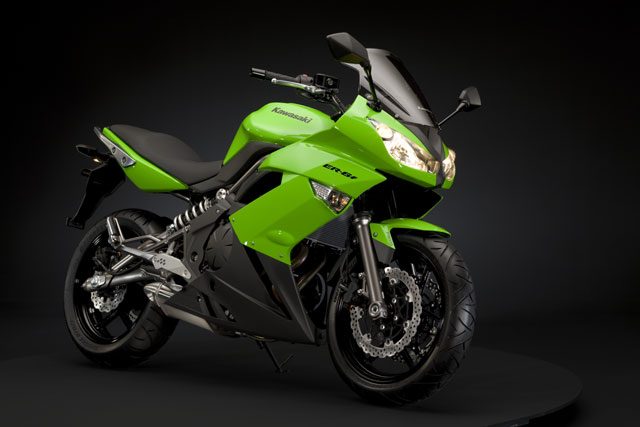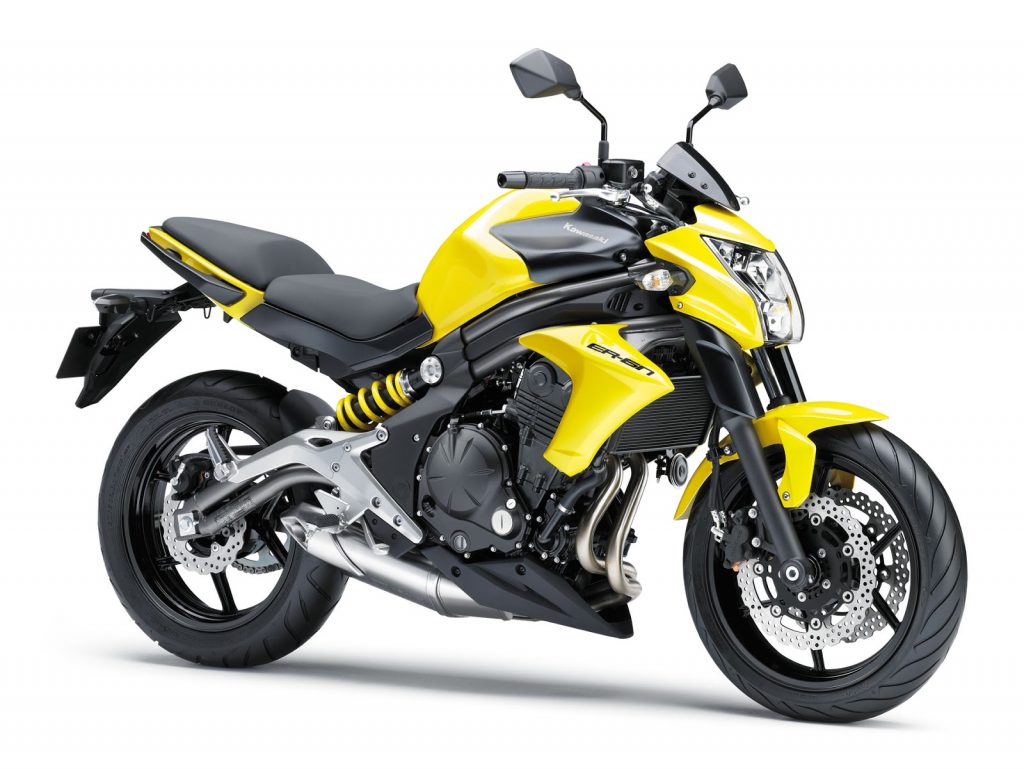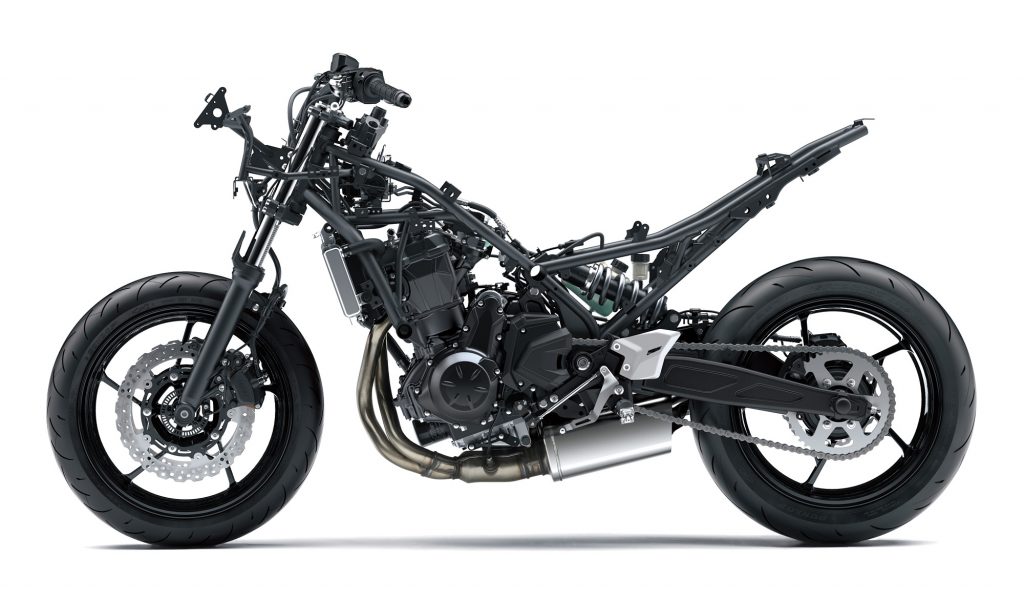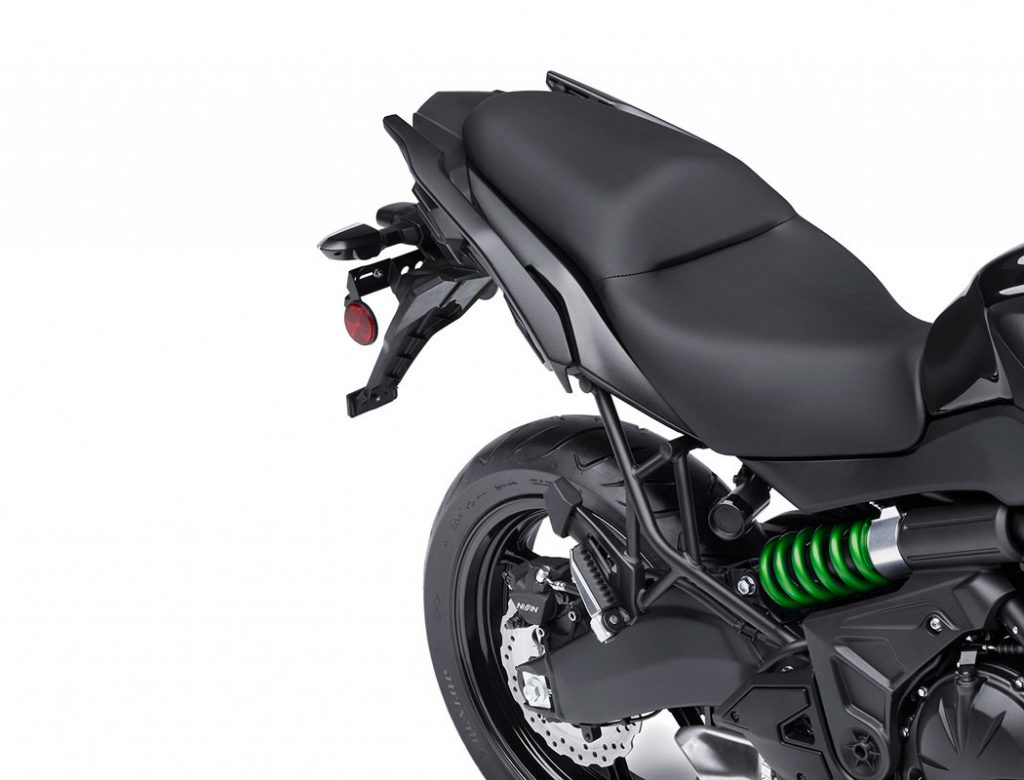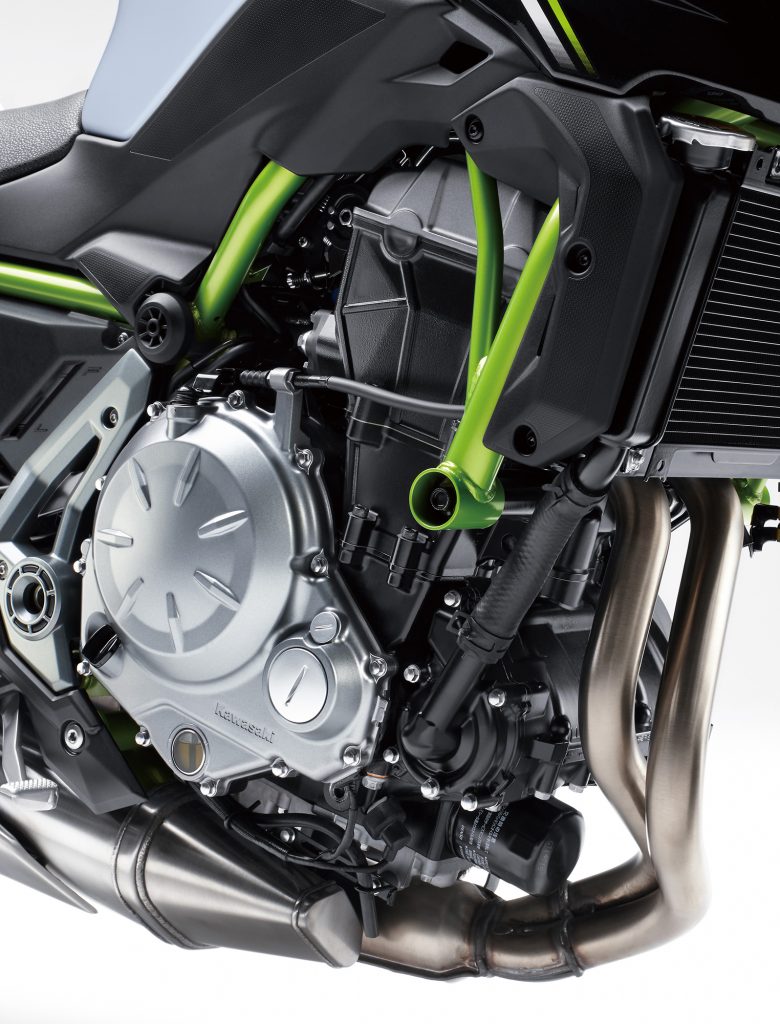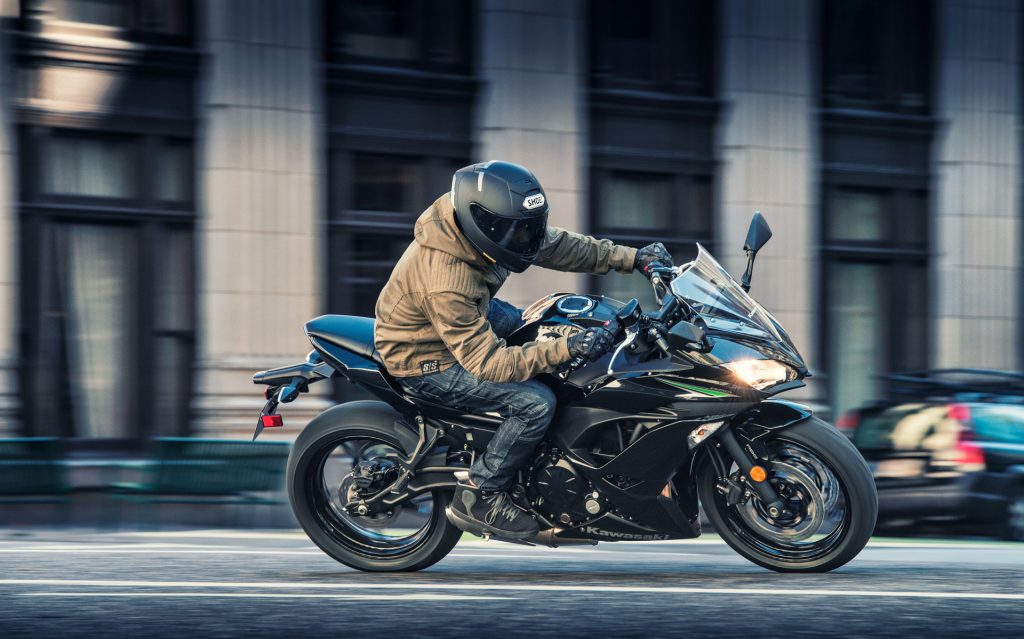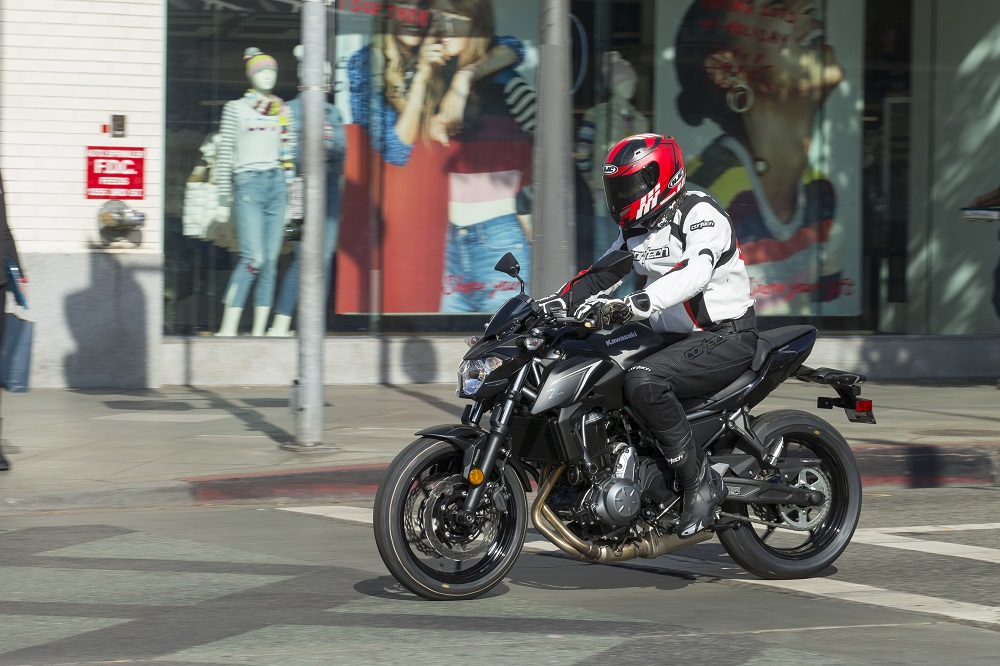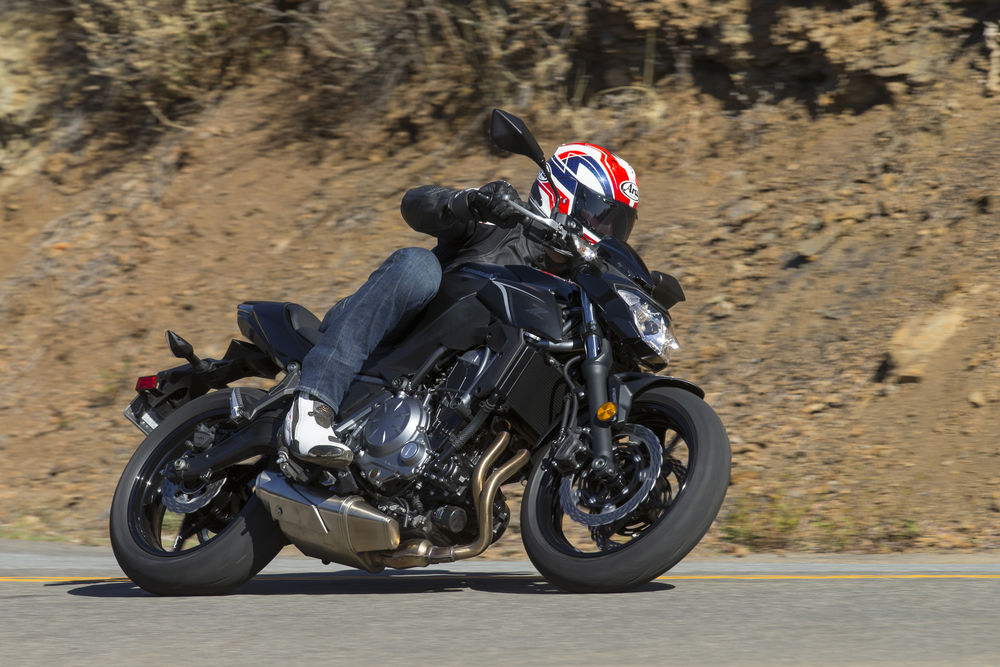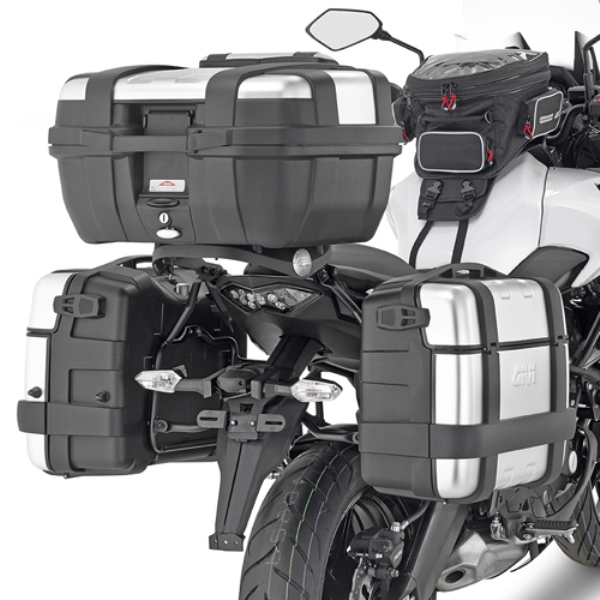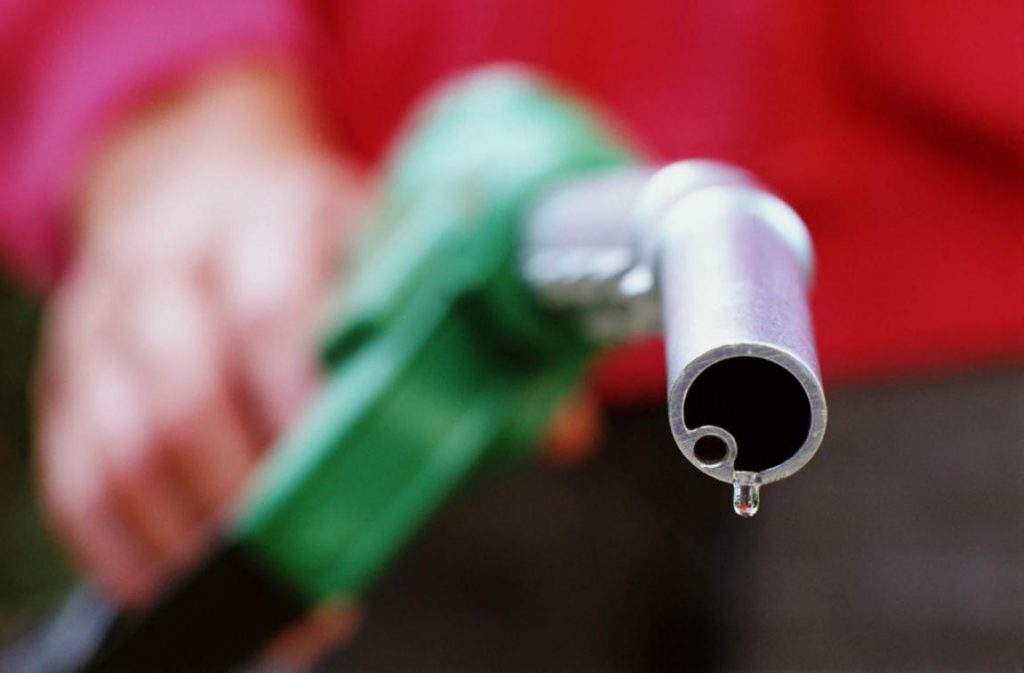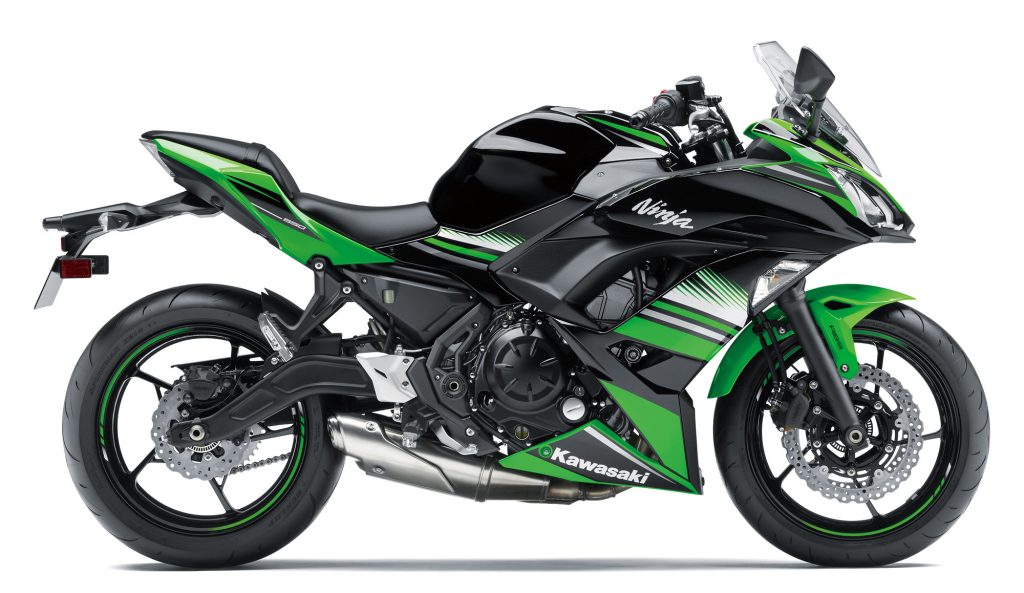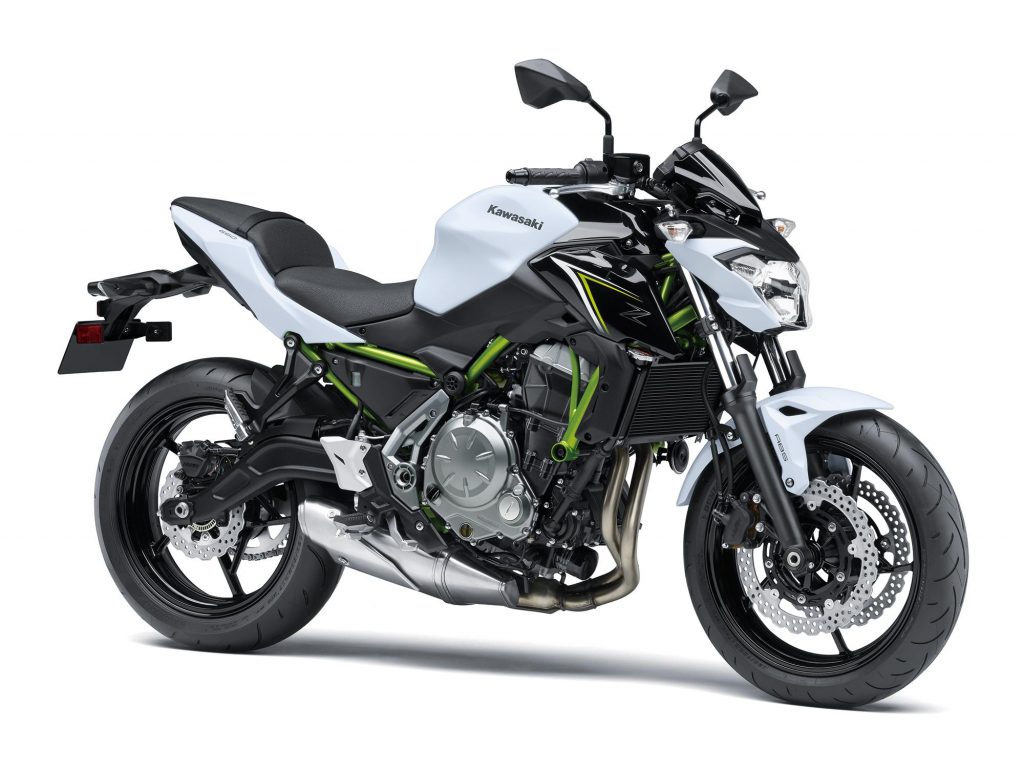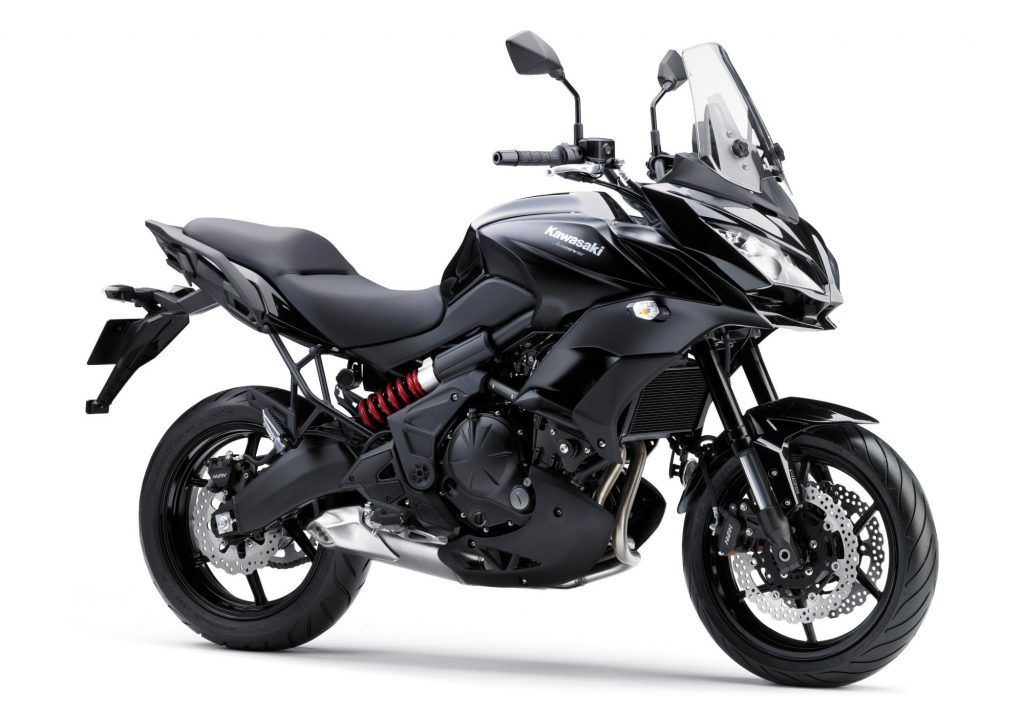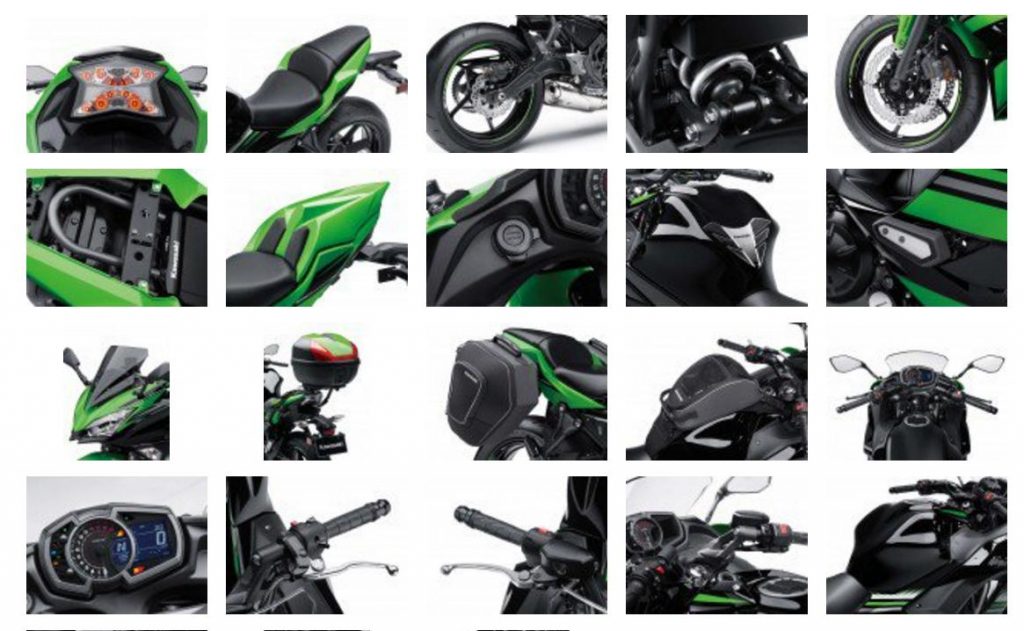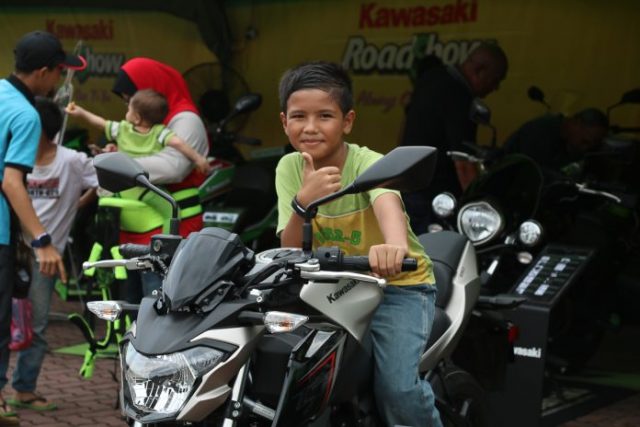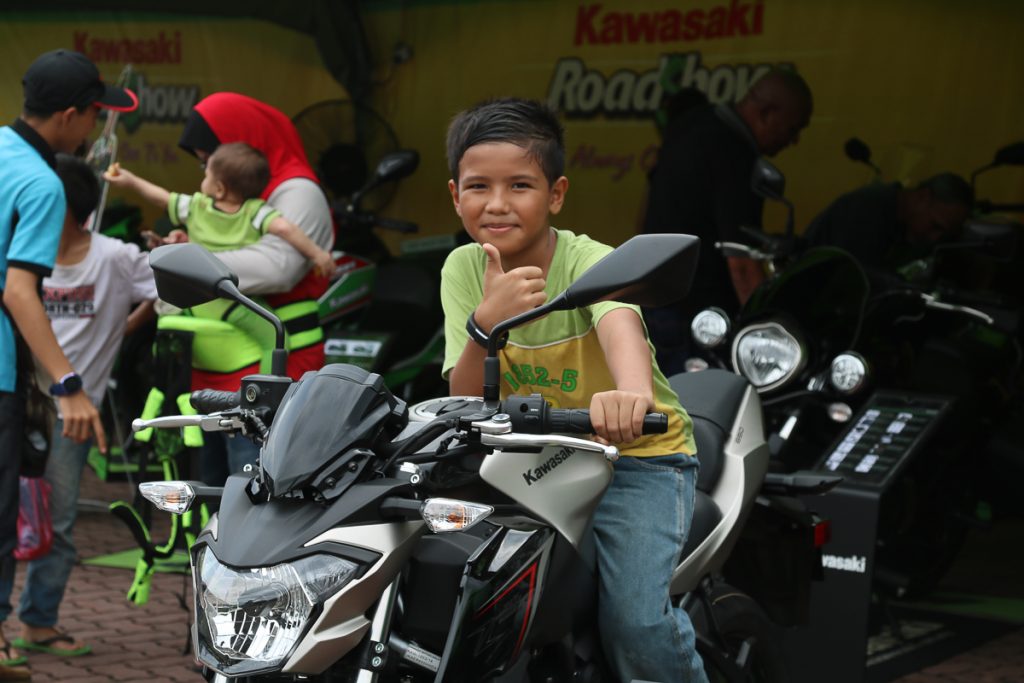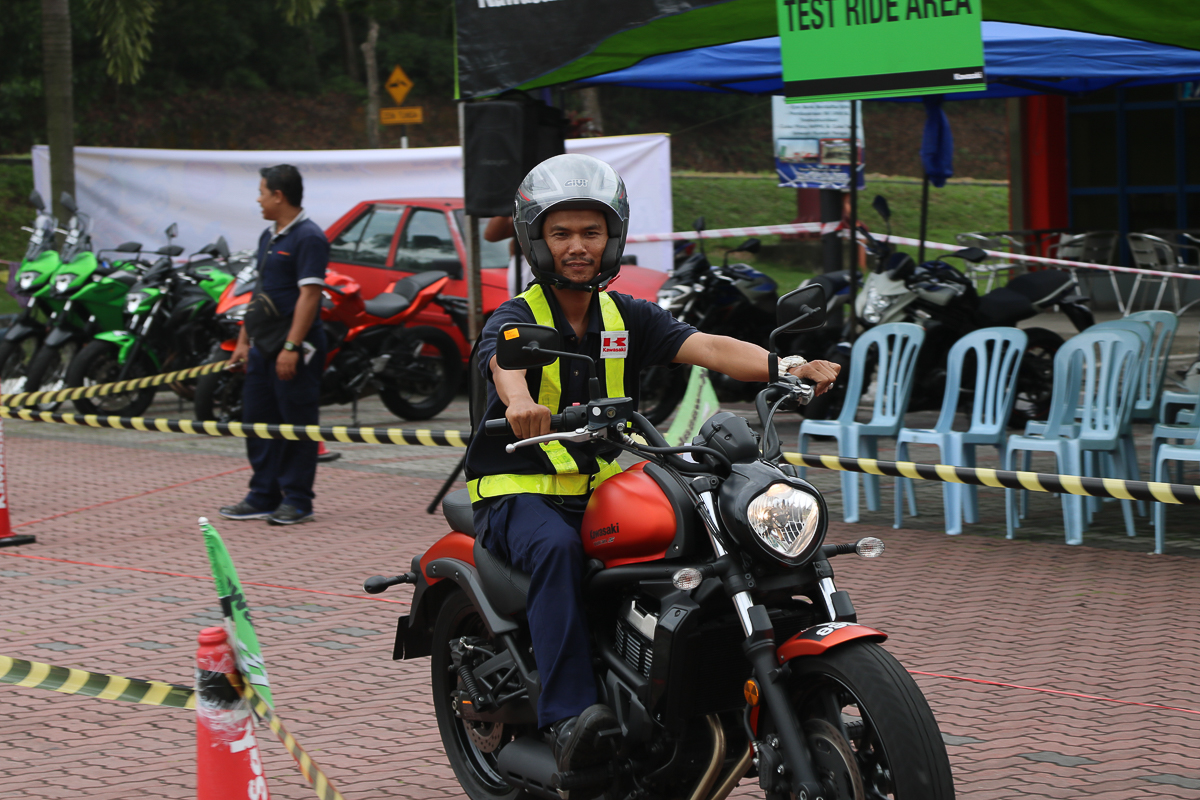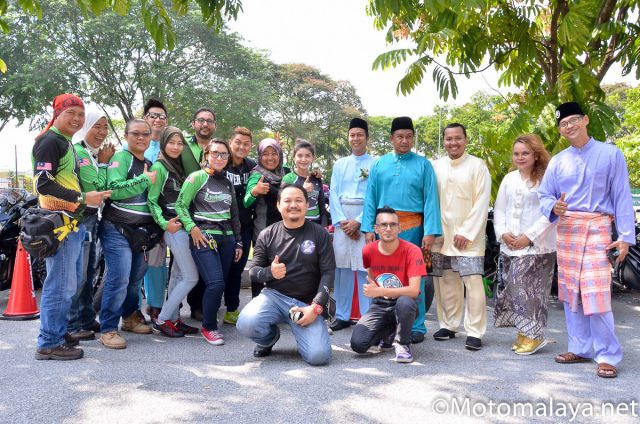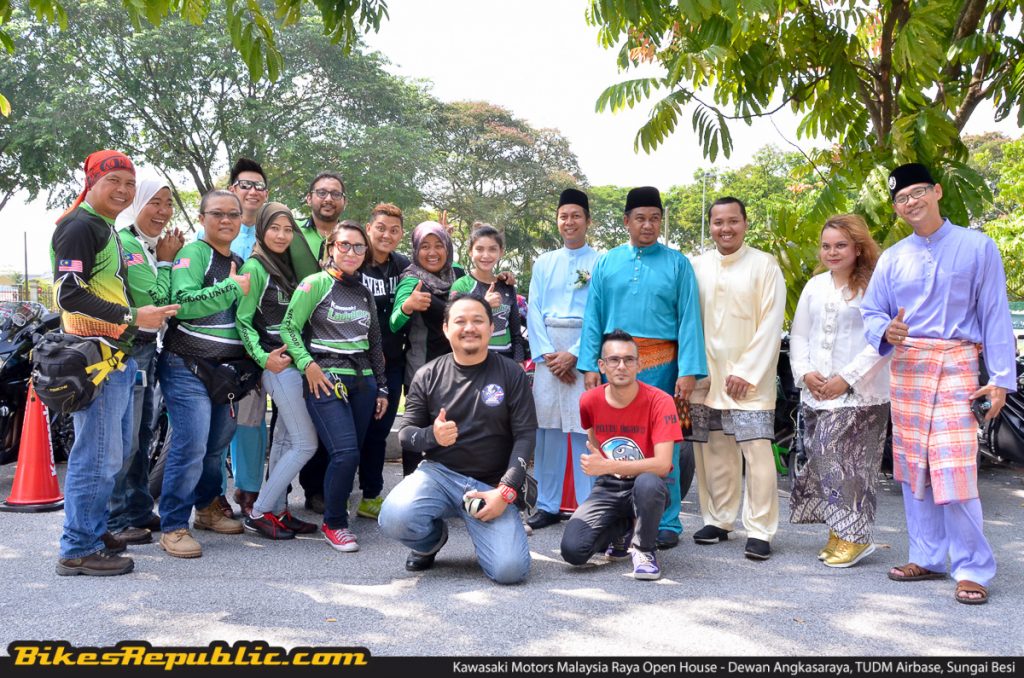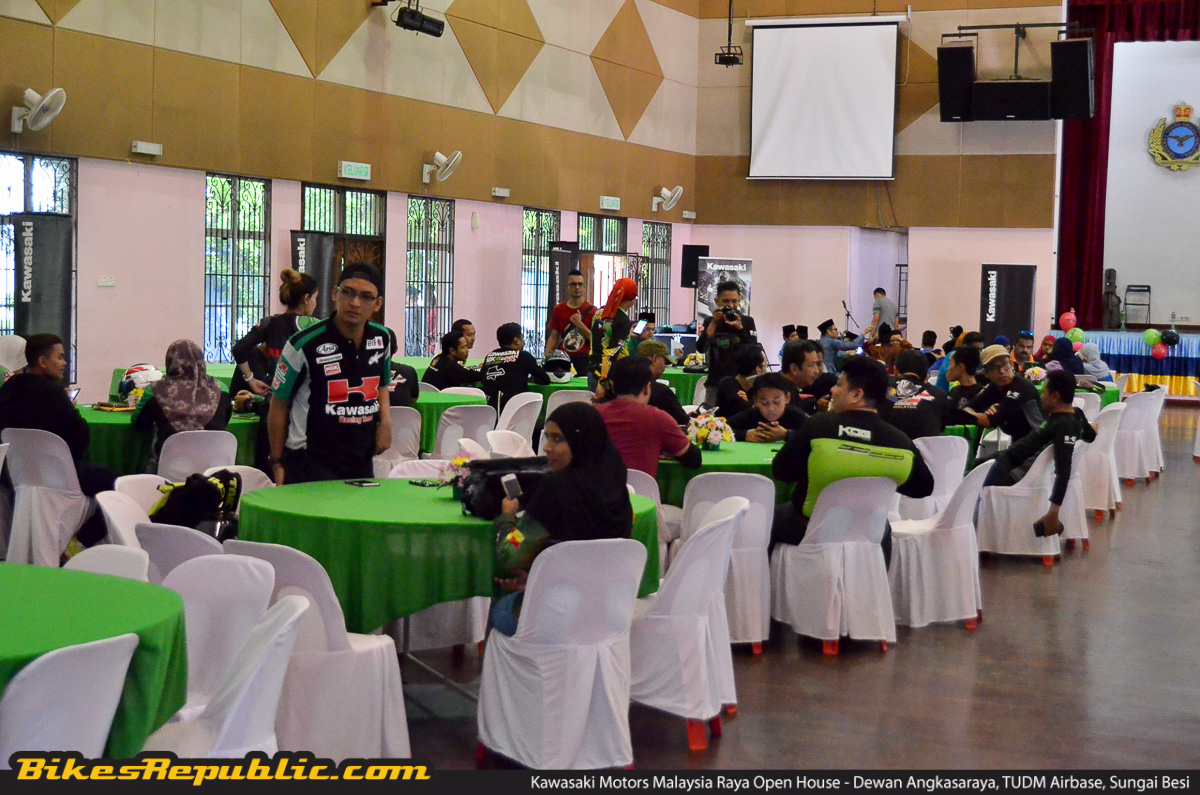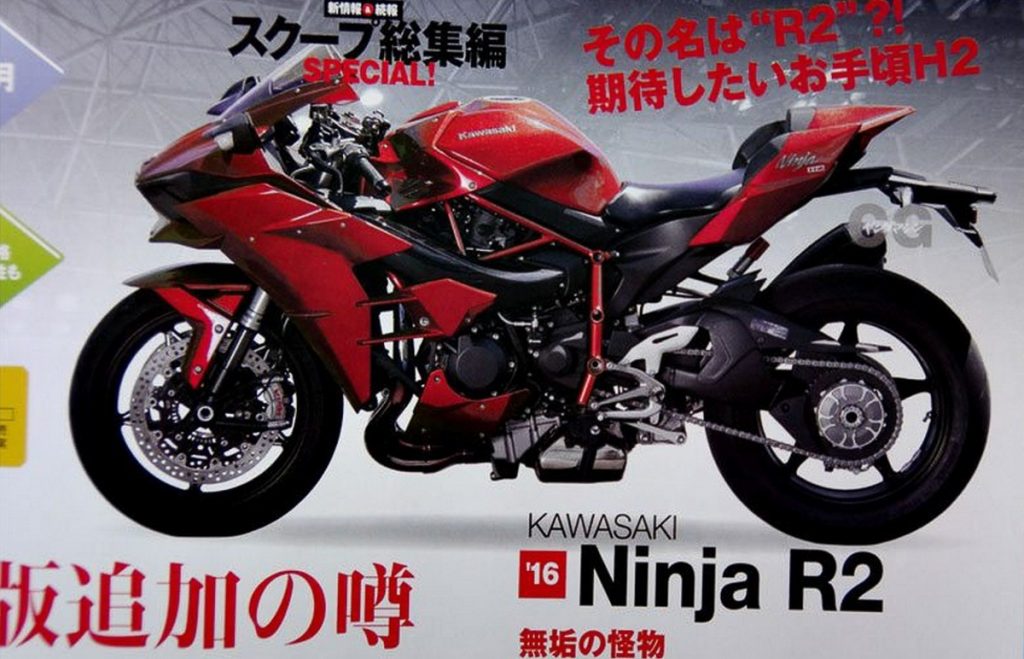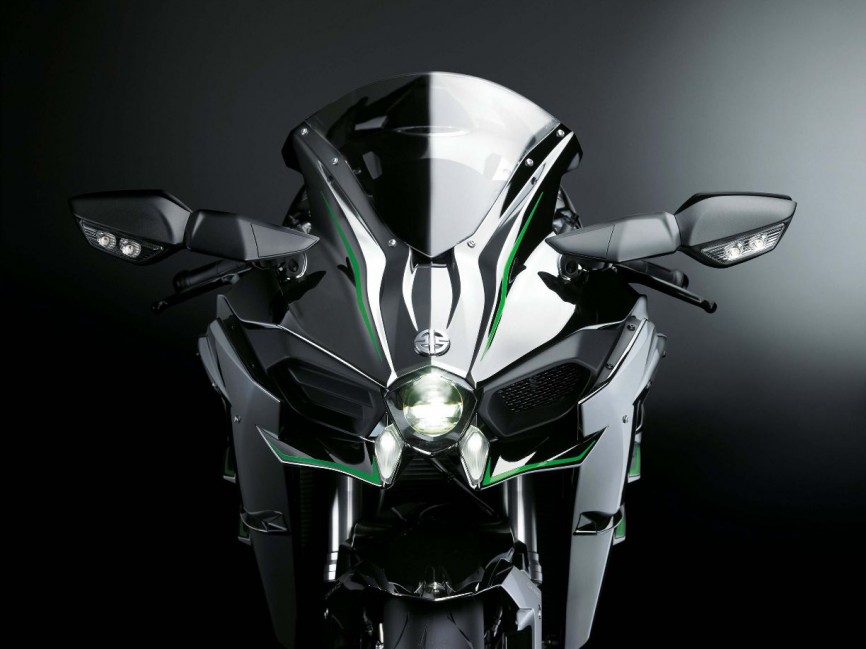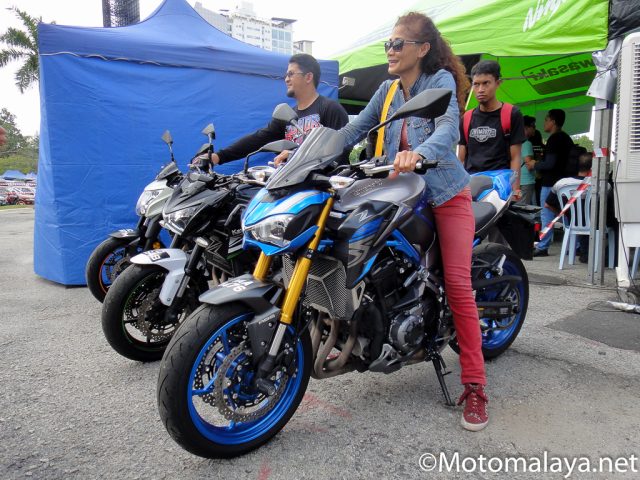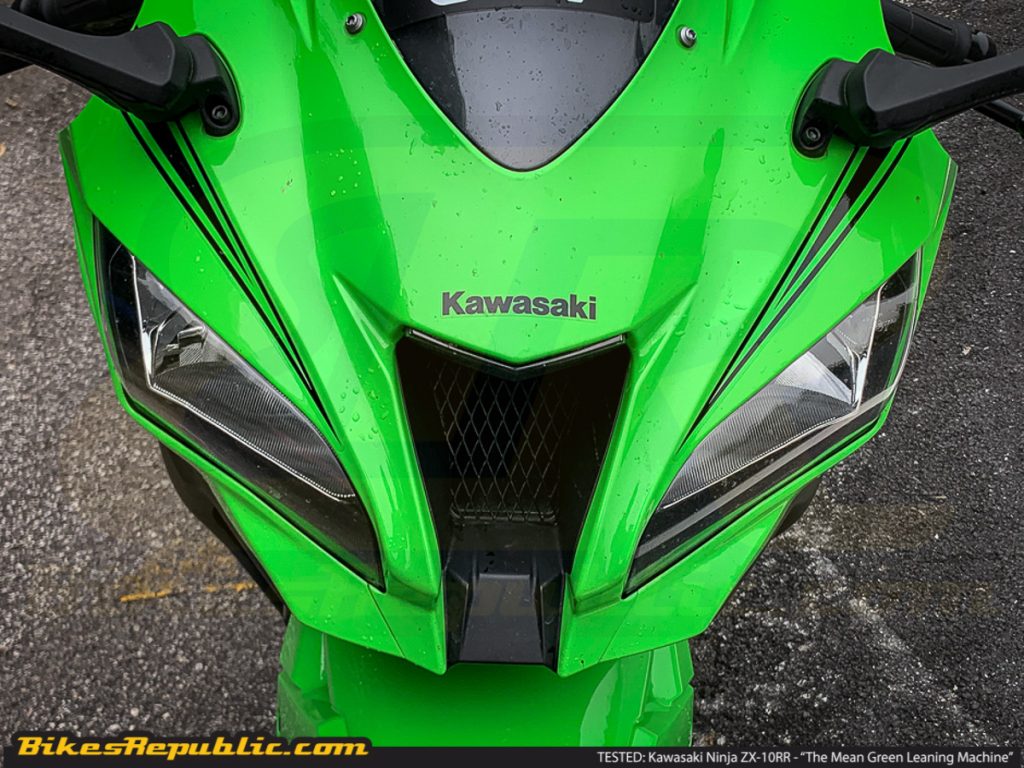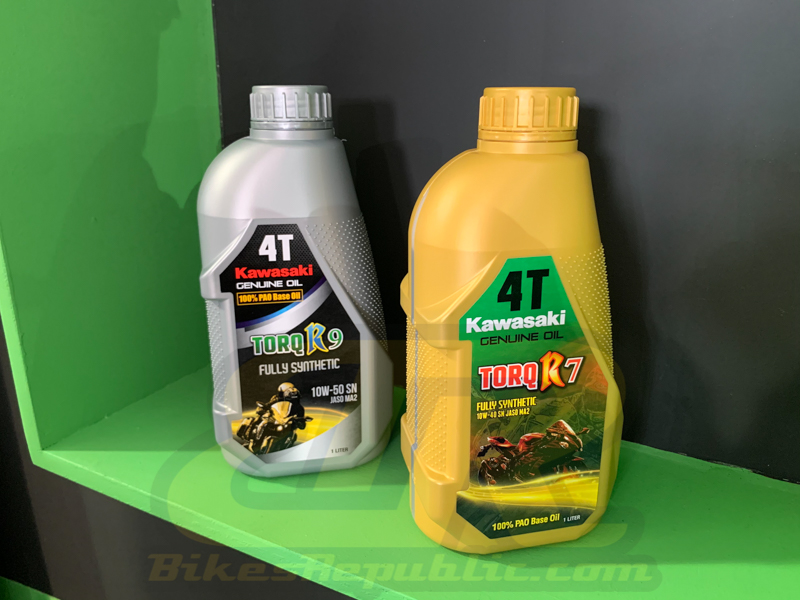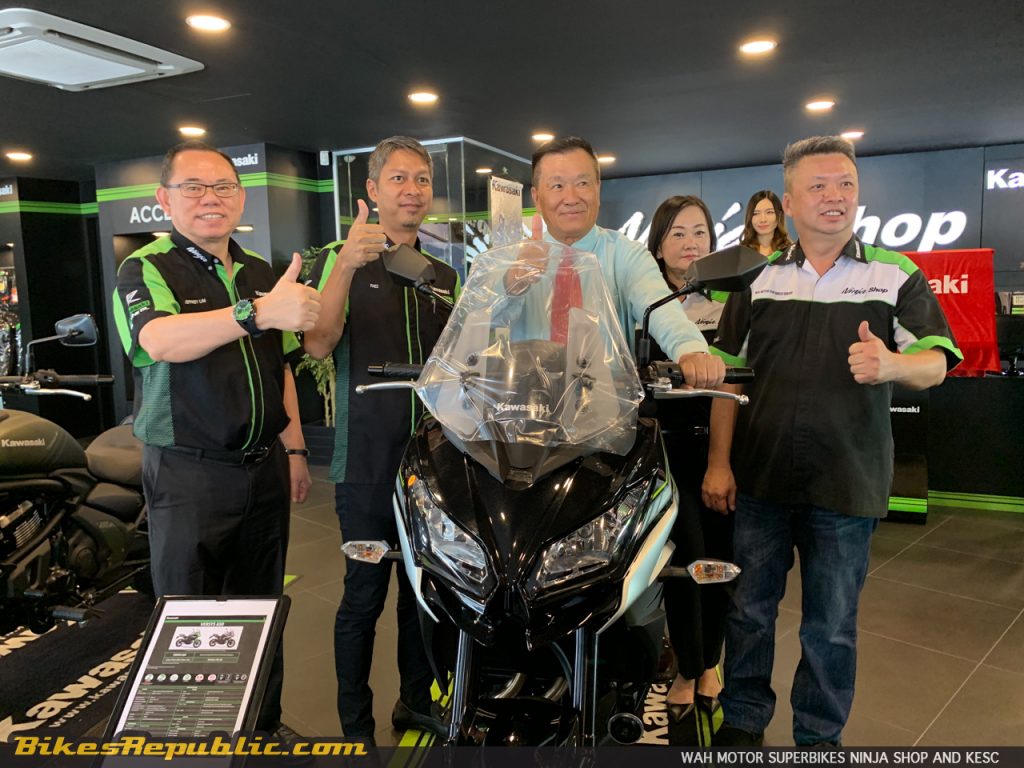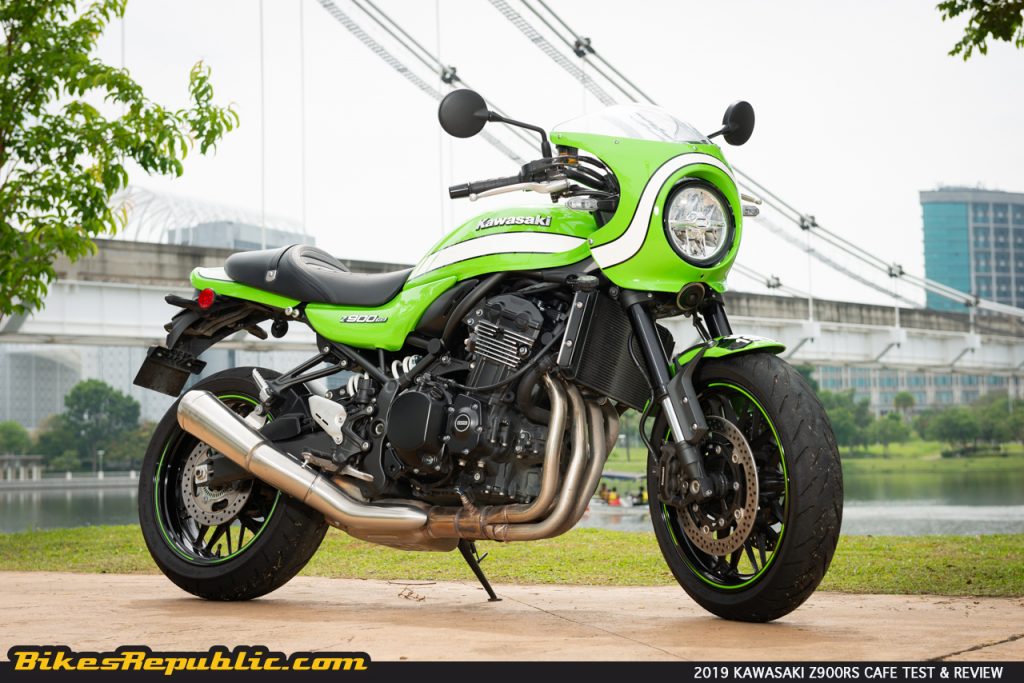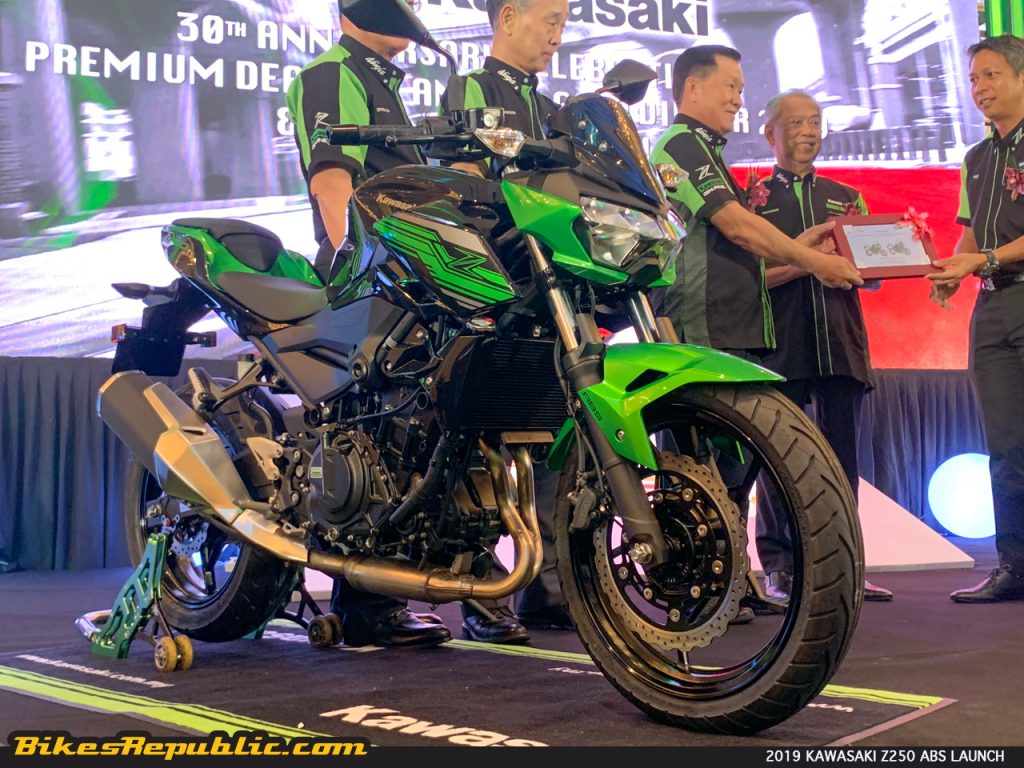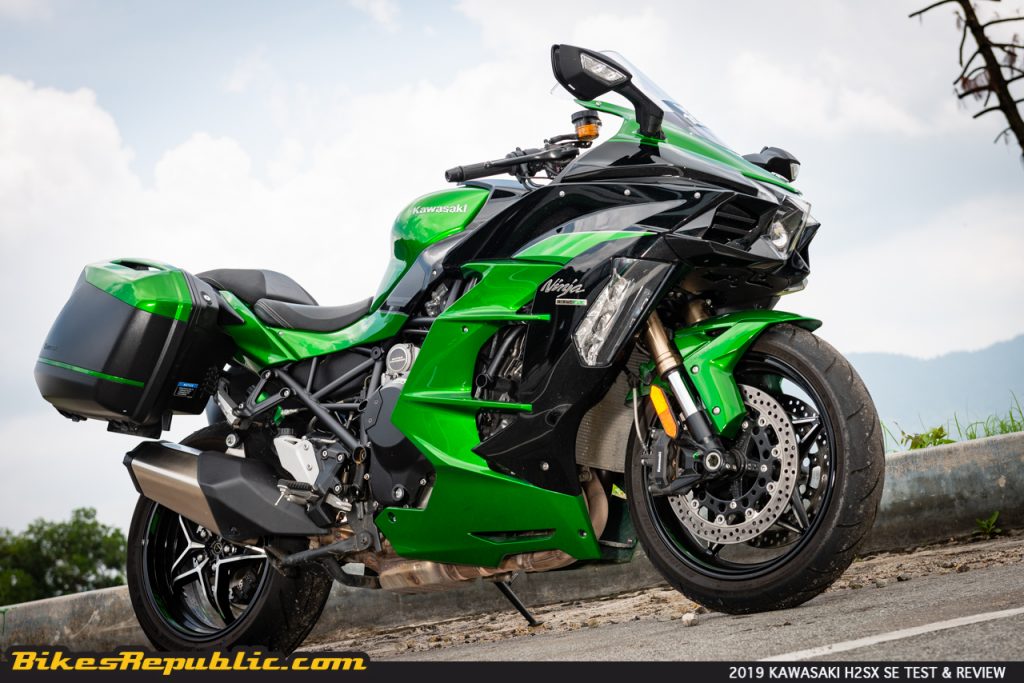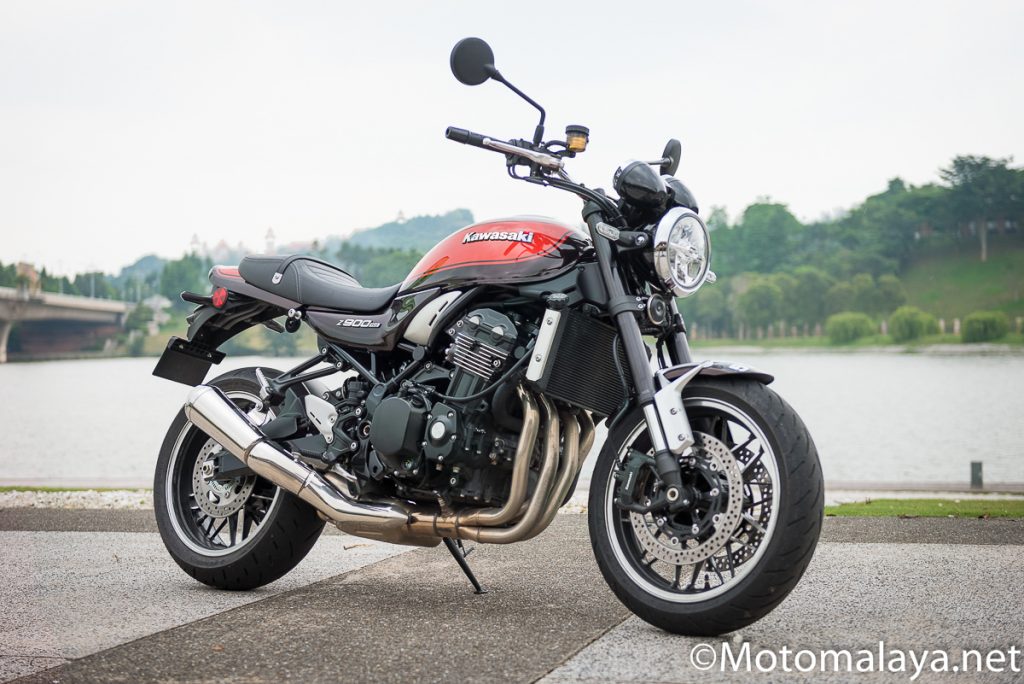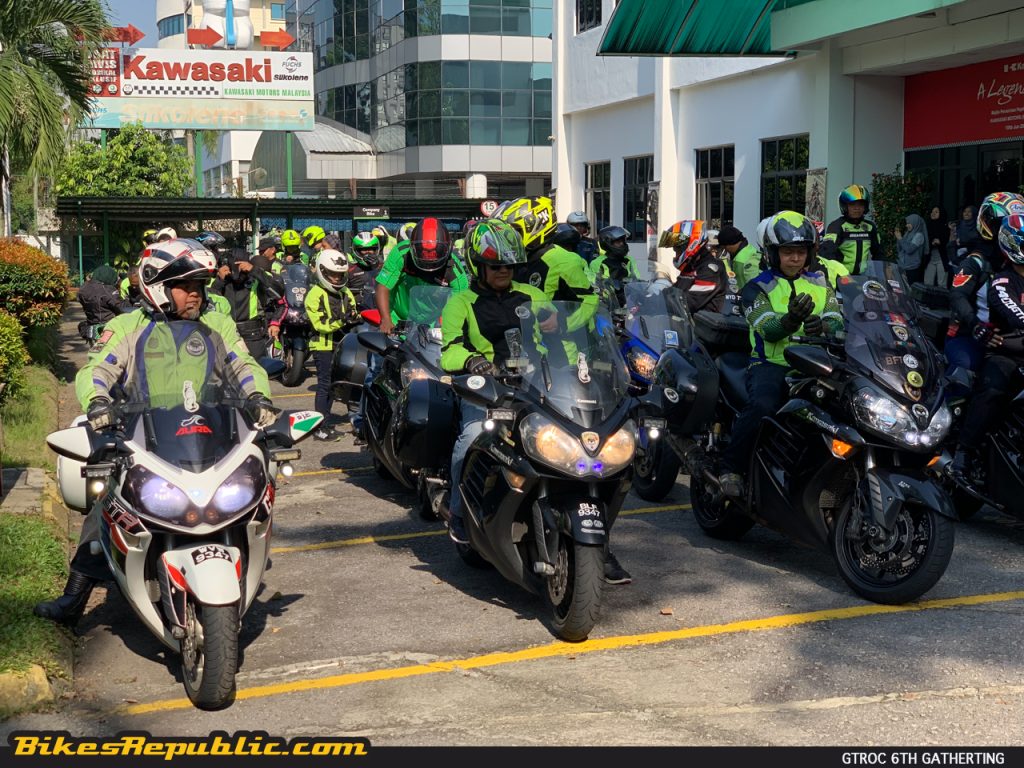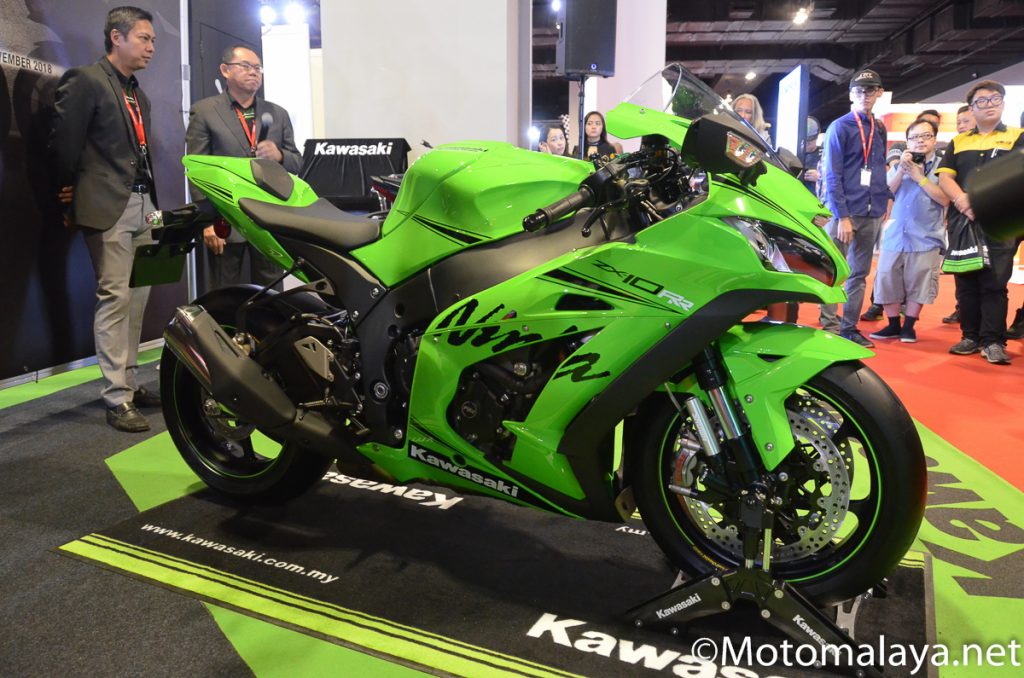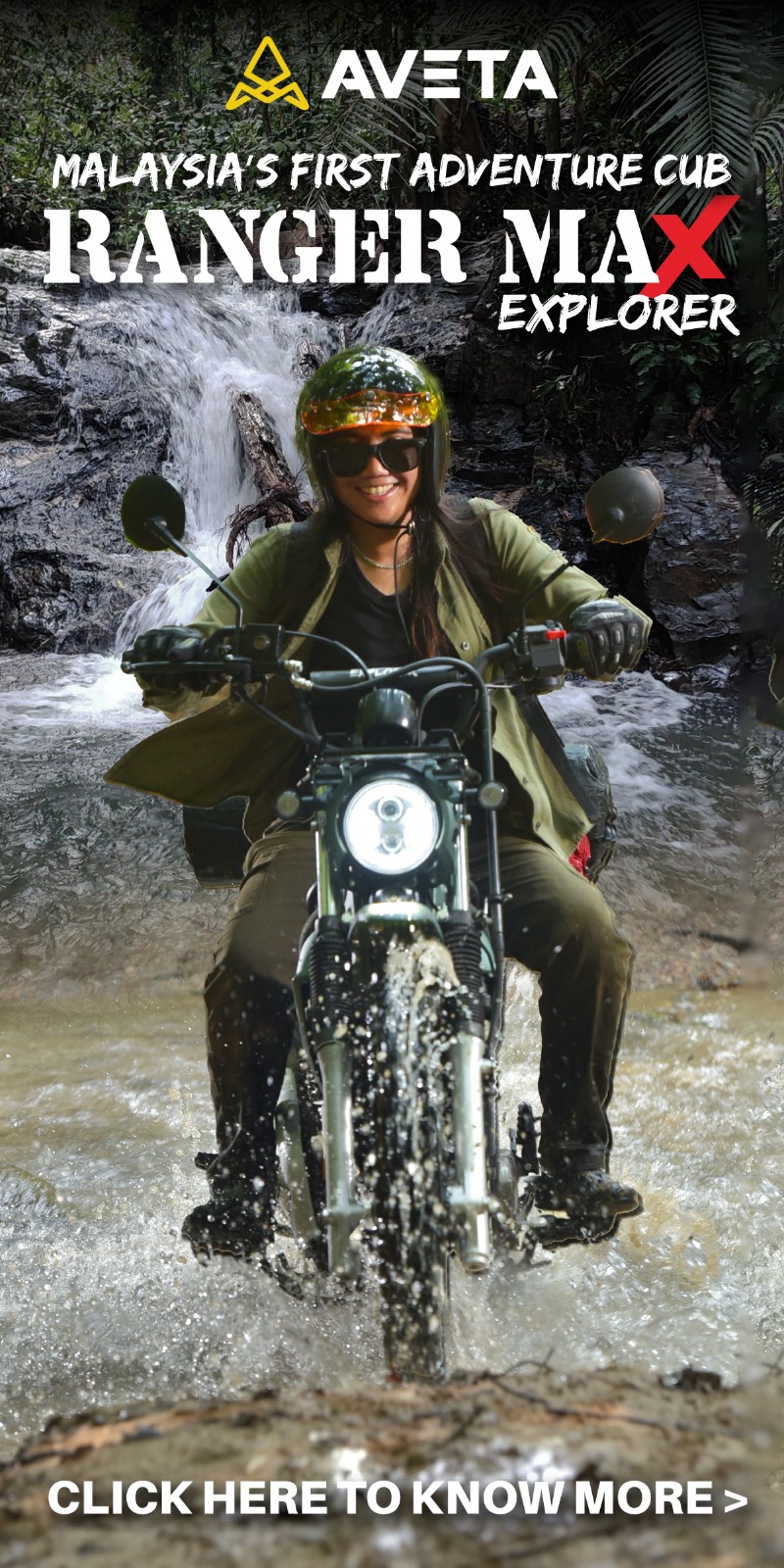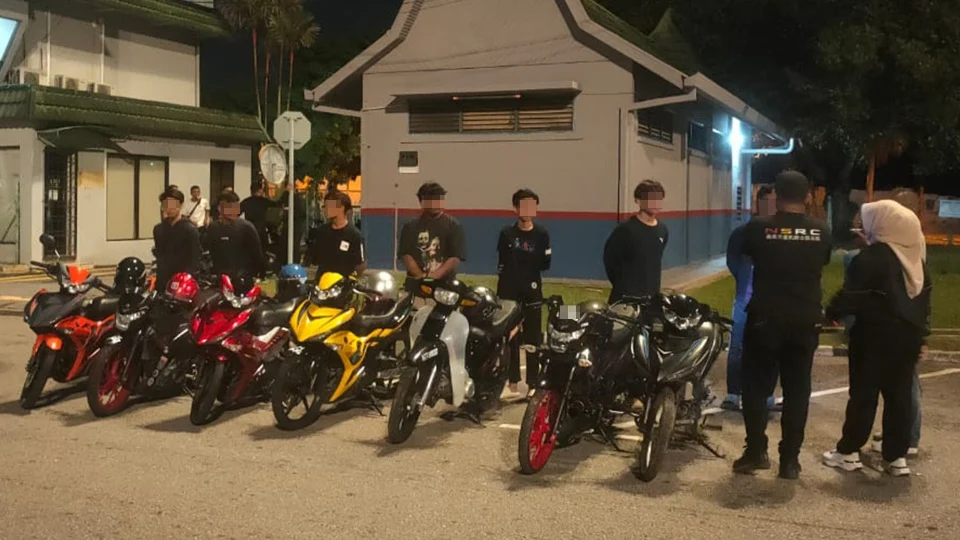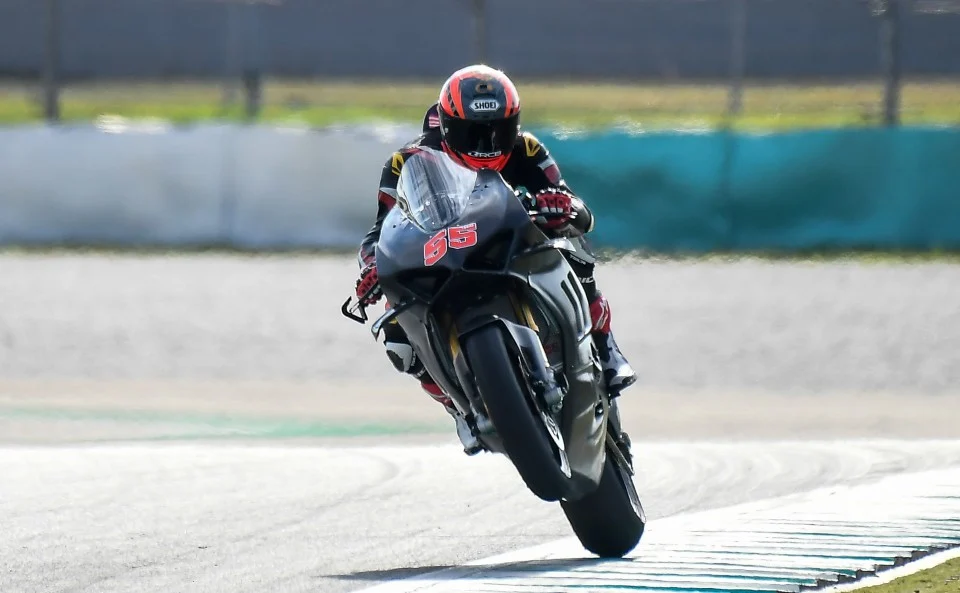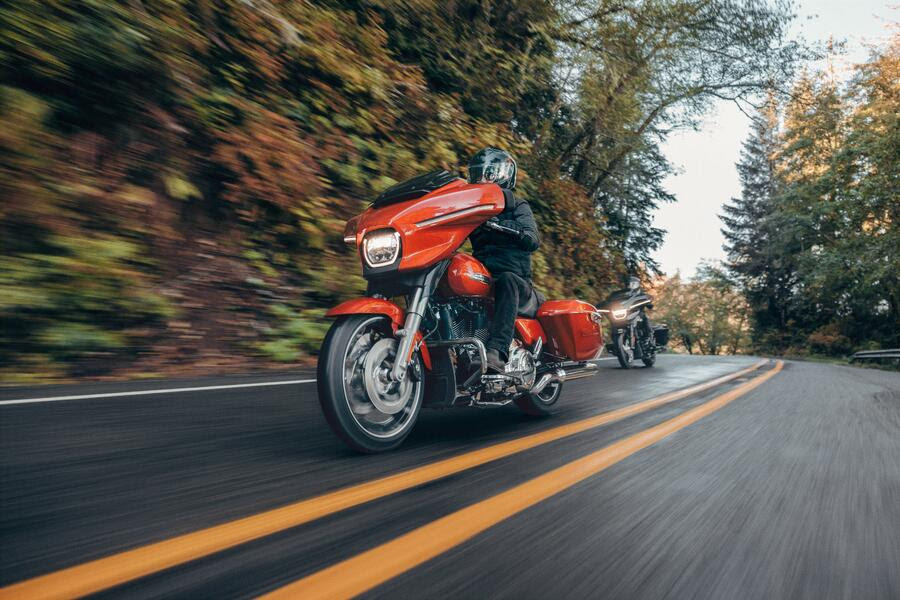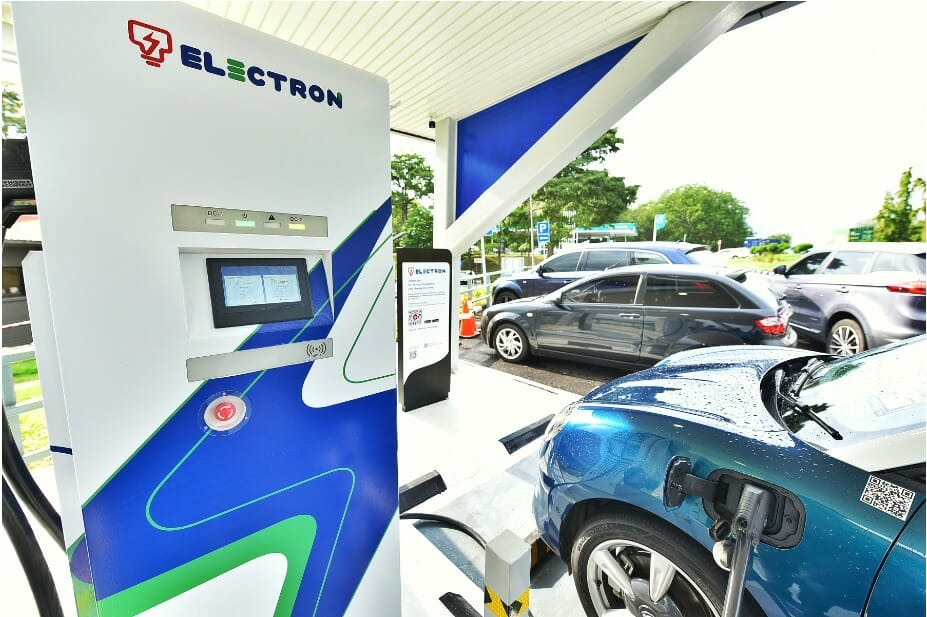-
Kawasaki have always thrilled the world with high performance motorcycles, whether old versus new.
-
They’ve created many of the world’s fastest production motorcycles throughout history.
-
They are now dominating with the Ninja H2 for the road, besides the H2R and Ninja ZX-10RR for the tracks.
Kawasaki has always been at the forefront of pushing the motorcycle performance aspect, from the days of the H1 all the way to the H2R and World Superbike.
Here, Bikes Republic lists the Kawasakis that have made headlines as “The World’s Fastest Production Motorcycles” – bike sthat were the catalysts of even faster and better ones in the successive years. These motorcycles were icons.
As such, we’ve left out other segments such as dirt bikes, standards, cruisers, tourers, otherwise the article will be 20 pages long. Maybe Parts 2, 3, and beyond to cover them, perhaps?
IN THE BEGINNING
Kawasaki started as a shipbuilder. Kawasaki Shõzõ opened the Tsukiji Shipyard in Tokyo in 1878, and going on to incorporating it as the Kawasaki Dockyard Co., Ltd. in 1896. They launched their first cargo-passenger ship a year later. Kawasaki Dockyard would also open a new dry dock in Kobe in 1902.
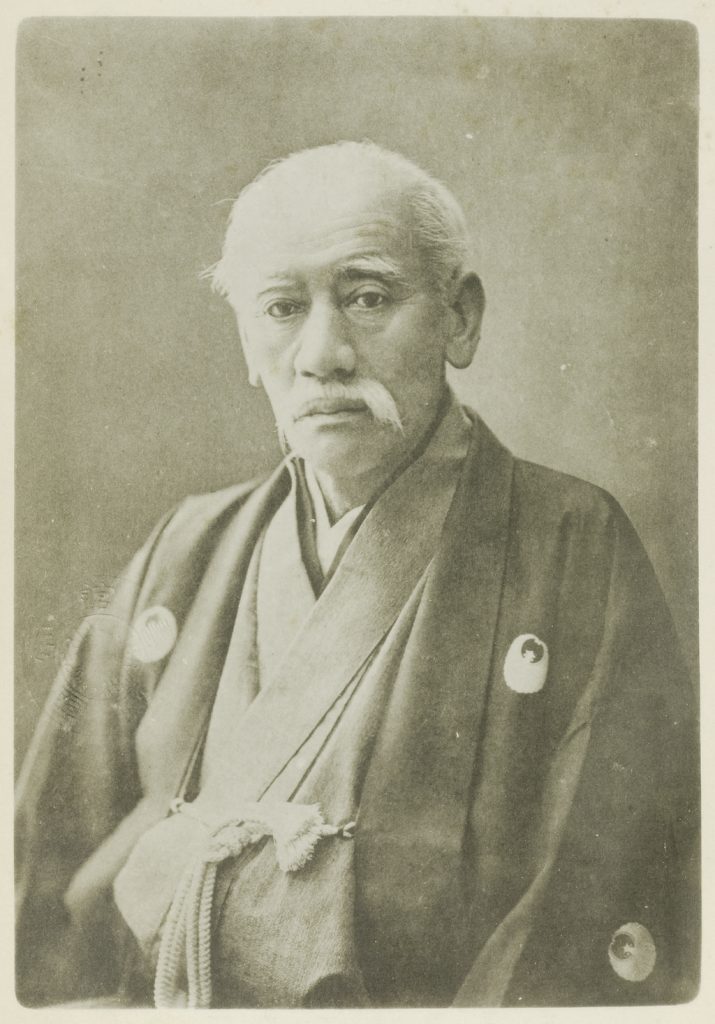
Kawasaki opened Hyogo Works in 1906 to manufacture rolling stock – train locomotives, freight and passenger cars, and bridge girders. The division would later be renamed as Kawasaki Rolling Stock Manufacturing Co., Ltd. in 1928.
Also in 1906, the Kawasaki Dockyard completed two submarines for the Japanese Navy.
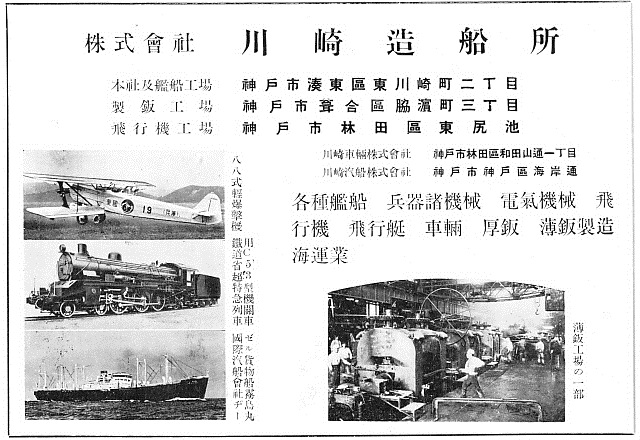
1918 saw the establishment of the Aircraft Department at Hyogo Works, and the first Kawasaki-made aircraft was operational in 1922. The aircraft department became Kawasaki Aircraft Co.,Ltd. in 1937.
Kawasaki started manufacturing more aircraft after WWII, some of them licensed by American aircraft manufacturers.
But more significantly for us motorcycle enthusiasts, engineers at the Kawasaki Aircraft Company designed their first motorcycle engine, called the KE-1 (Kawasaki Engine-1) in 1952. However, the motorcycles were sold under the Meguro name, as Kawasaki had bought over their ailing partner, Meguro Manufacturing.
Later models such as the B8 had Kawasaki Aircraft emblems on them. It was in 1963 when Kawasaki and Meguro merged to form Kawasaki Motorcycle Co., Ltd.
THE SIXTIES AND SEVENTIES
By 1966, Kawasaki had gained a foothold in the lucrative American market with the W1, but 1969 marked Kawasaki as a major power player with the launch of the H1 Mach III. The 500cc, 2-stroke Triple was the fastest in its class. It was also the first multi-cylinder street motorcycle to introduce the oft-used term – CDI – for capacitor discharge ignition, in favour over the traditional breaker point ignition. The H1 was well-known for its lightweight, power, and tendency to wheelie.
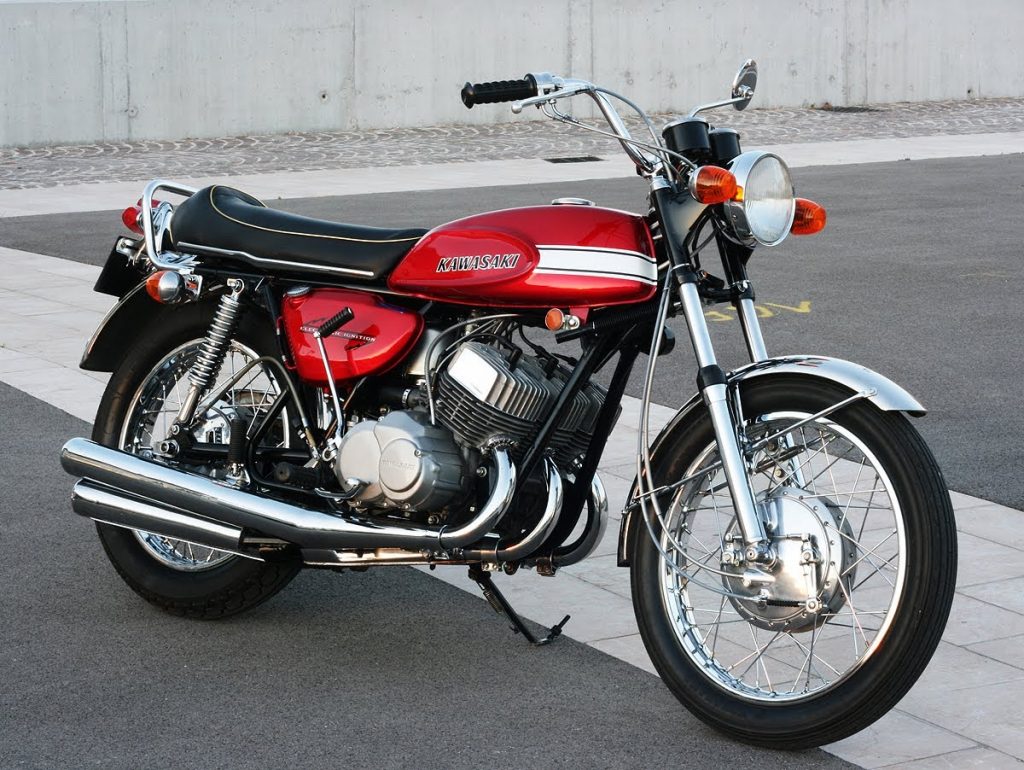
But their archrival Honda released the CB750 Four in that same year, catching Kawasaki out as they were developing their own four-stroke inline-Four, prompting the latter to shelve the project.
So, in 1972, Kawasaki unveiled the H2 Mach IV, which would go on to become one of the fastest and baddest street bikes ever made, despite the manufacturer’s attempt to “soften” its aggressiveness. Featuring an entirely new 750cc, two-stroke inline-Triple, the bike blazed through the ¼-mile (400m) in 12 seconds and 160km/h in under 13 seconds.
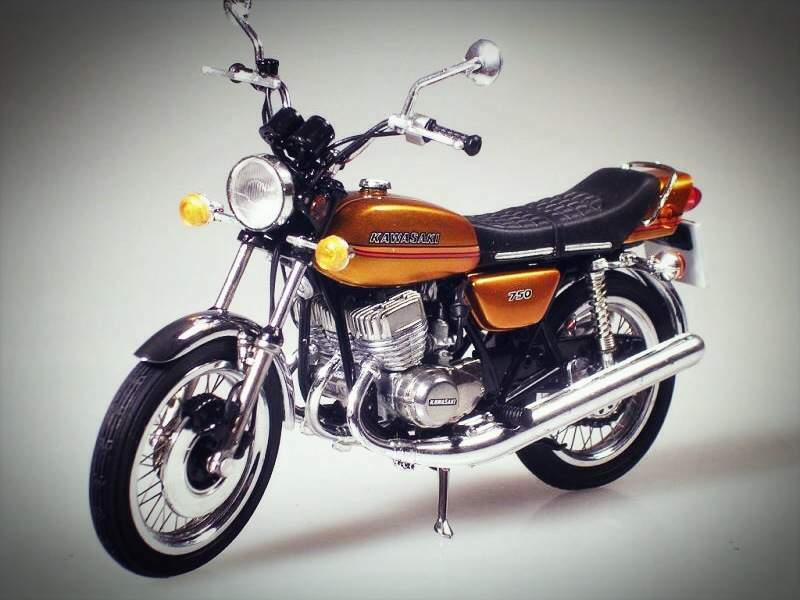
Kawasaki’s legacy of building the world’s fastest bikes started with the 500cc H1 Mach III, and continued to the 750cc H2 Mach IV. The H2 was in the thick of the rise of the Japanese superbikes, which brought down Harley-Davidson and later the already-suffering British motorcycle industry.
But as the American market switched to buying the more expensive four-cylinder four-strokes, Kawasaki retaliated against the Honda CB750 with the legendary Z1 in 1972. The Z1 was the world’s fastest production motorcycle of its time. Developed secretly under the “New York Steak” codename, the Z1 was the world’s first air-cooled, inline-Four which incorporated double overhead camshafts (DOHC). The 900c engine produced 82 bhp and hit 210 km/h; going on to destroy all previous speed and lap records. Yvon Duhamel (father of Miguel Duhamel) set the fastest lap at Daytona on a Yoshimura tuned Z1 at 256.461 km/h (160.288 mph).
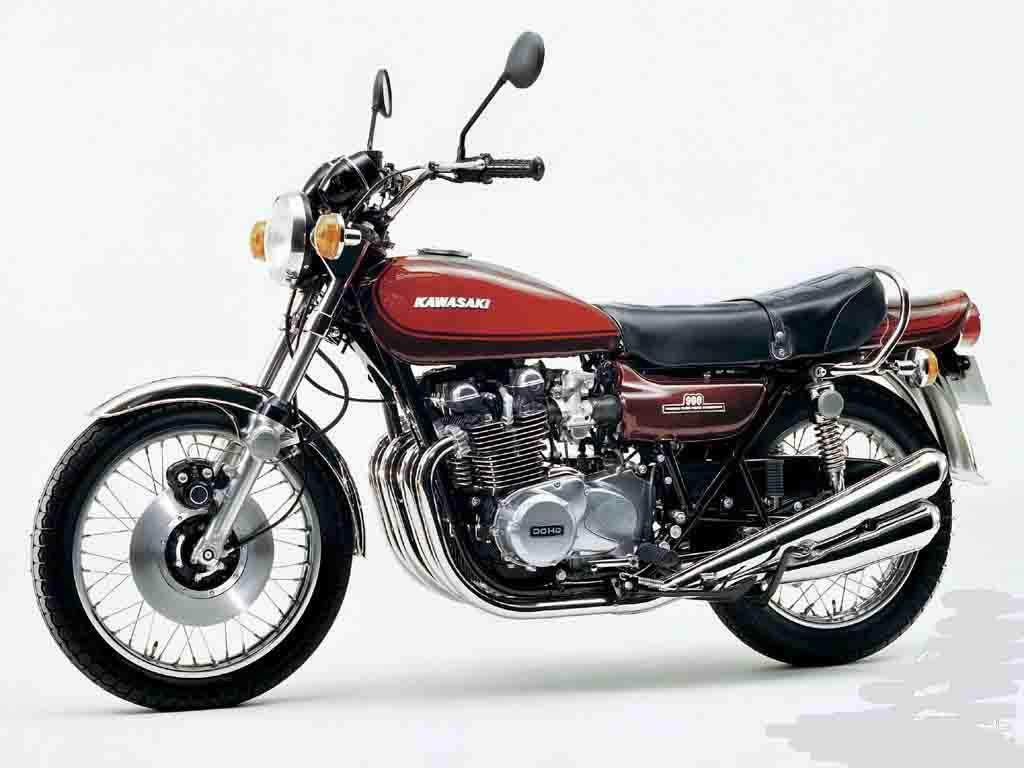
The Z1 was unanimously praised by the press around the world and went on to be the “Motorcycle of the Year” four years in a row at Motorcycles News, through polls amongst their readers. Collectors today will still pay for a handsome price for a Z1.
The Z1 was further updated and became the Kz900 in 1976; however, in the same year (for 1977), Kawasaki rolled out another world beater: the mighty Kz1000.
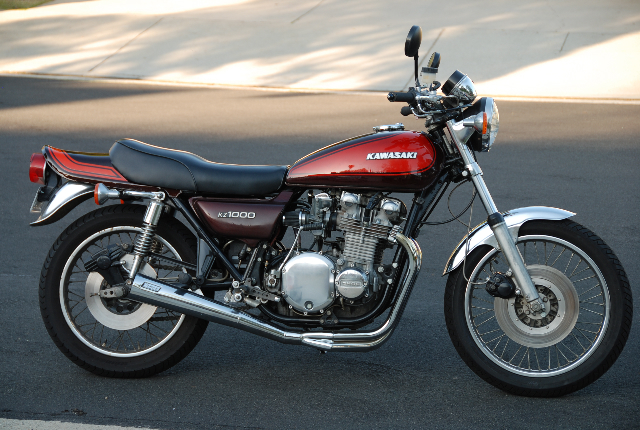
The Kz1000 or better known as the Z1000 (yup, the granddaddy of the current Z1000) was immediately dominant in motorsports in Australia, Europe, Britain and of course, America; and it was this very bike that gave rise to a number of future World 500cc GP champions – Freddie Spencer (in 1979, before he moved to Honda), Wayne Gardner (and his partner John Pace at the 1981 Suzuka 8-Hour Endurance), Eddie Lawson (AMA Champion in 1981 and 1982), Wayne Rainey (Lawson’s teammate in 1982 and AMA Champion in 1983).
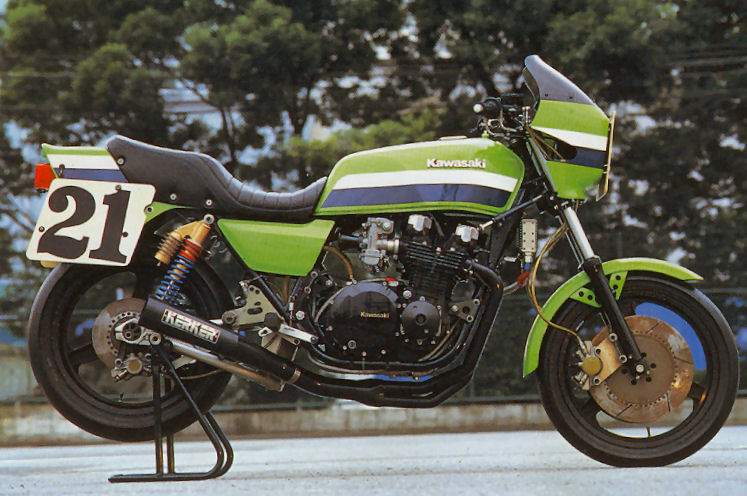
This writer fondly remembers what Cycle World’s ex-Editor-in-Chief, David Edwards, wrote after witnessing Eddie Lawson’s first test on the factory prepared Z1000S1. Lawson said, “The handling could be improved a little more, but, man, the horsepower!”
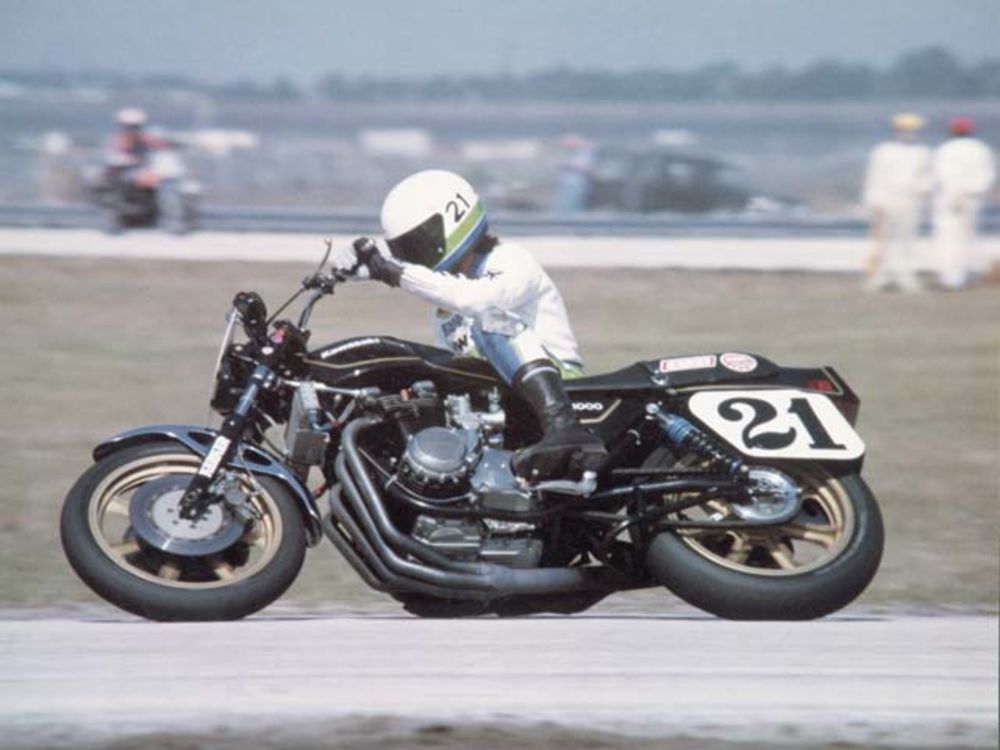
Oh yeah, remember that TV series called, “CHiPs”? Ponch and Jon rode the Kawasaki Kz1000.
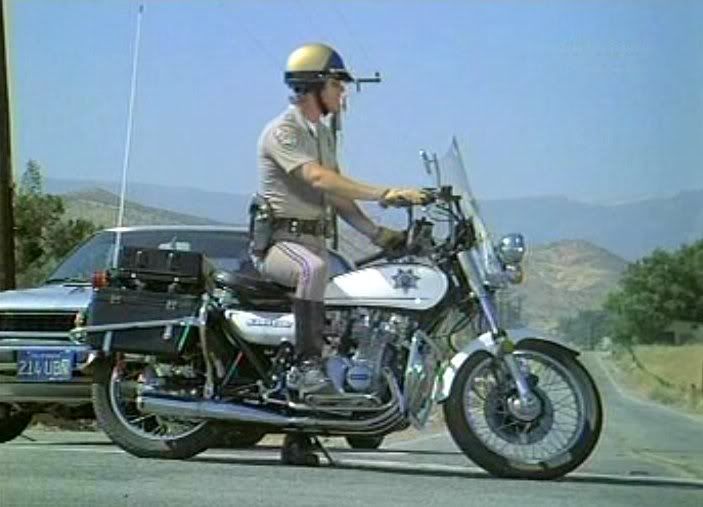
THE EIGHTIES
You’d probably be wondering about the origins of the name Ninja, synonymous with Kawasaki motorcycles as is the signature lime-green paint.
It was 1984 and the world’s press were introduced to the GPz900R Ninja. Developed in secrecy over six years, the GPz900R further confirmed Kawasaki’s name as the manufacturer of the world’s fastest motorcycles.
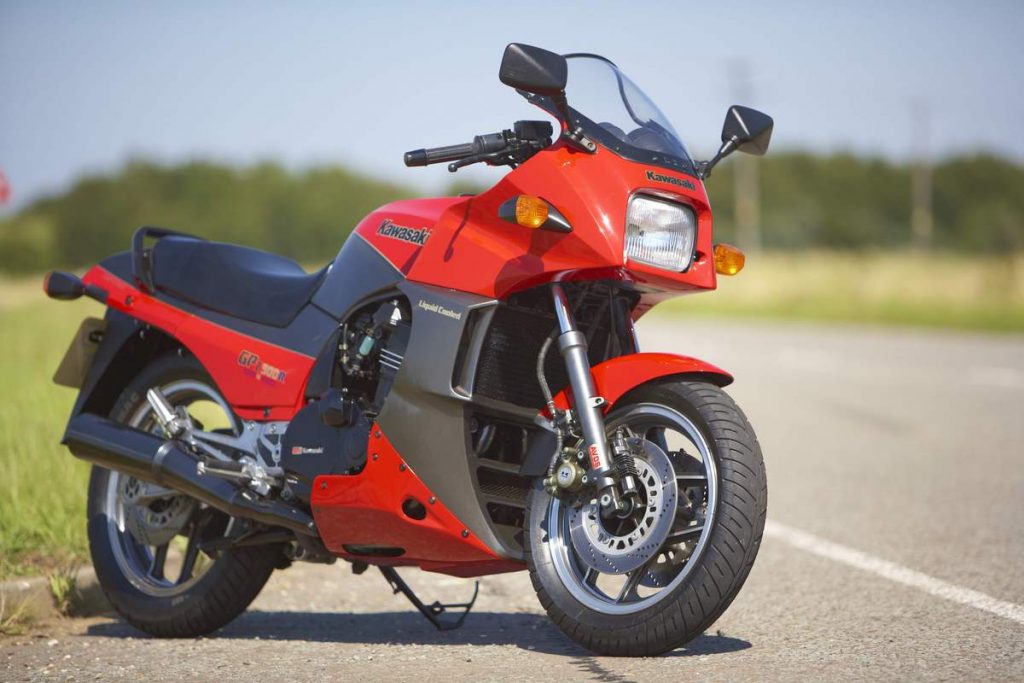
The GPz900R was the world’s first DOHC, 16-valve, liquid-cooled, inline-Four motorcycle. Producing a whopping 115 bhp, it propelled then bike to a 243 km/h top speed and a ¼-mile (400 m) time of 10.976 seconds and 10.55 seconds in the hands of a pro drag racer (so what if a modified Supra can hit 10 seconds. Pffft!).
The GPz900R was marketed as the Ninja for the very first time. It gained its highest recognition being known as “The Top Gun bike” when it was featured in the movie Top Gun.
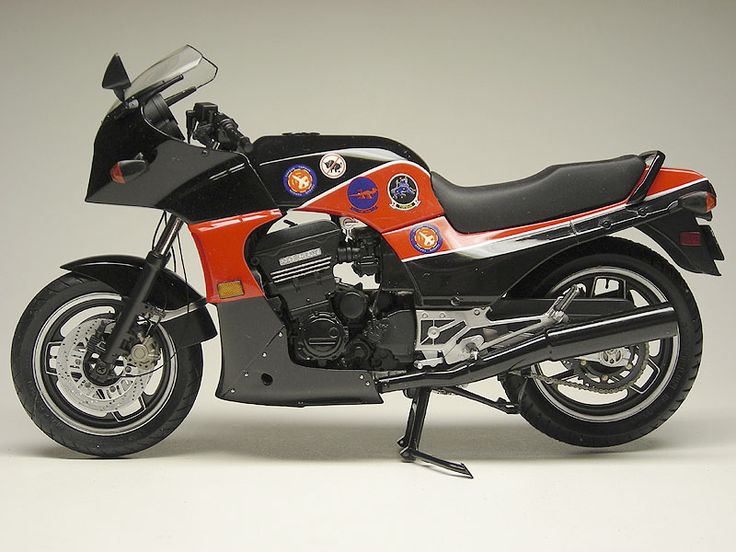
The bike was so good, sales hence production ran for 19 years all the way to 2003 Final Edition in Japan. It had even outlasted later models that were supposed to replace it. First, it was the GPz1000RX in 1986, then the ZZ-R10 (ZX-10) in 1988, and the ZZ-R1100 (ZX-11) in 1990.
We mentioned the ZZR1000 (ZX-10) and ZZR1100 (ZX-11) earlier. The ZZR1000 made its appearance in 1988. And again, it was the fastest production motorcycle of its time. Its 997cc, DOHC, 4-valve per cylinder, liquid-cooled engine made 135 bhp and hammered the bike to a 266 km/h top speed. It was also the first Kawasaki to employ an aluminium perimeter frame.
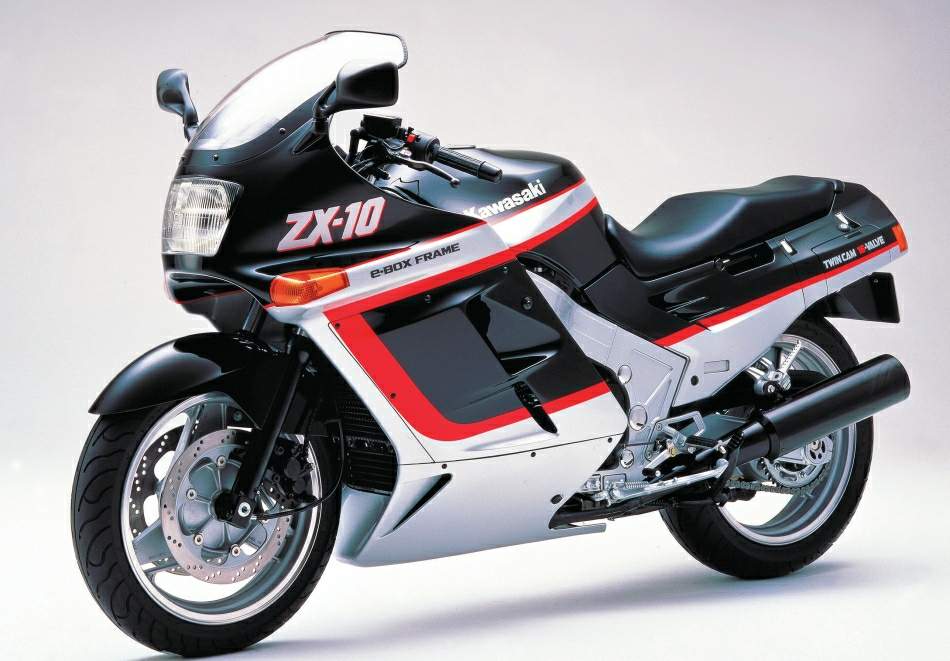
Kawasaki has always been active in motorsports, particularly in the World Superbike Championship (WSBK). In 1989, they introduced the ZXR-750 and ZXR-750R (ZX-7 and ZX-7R). WSBK rules had gone from 1000cc inline-Fours to 750cc at the time.
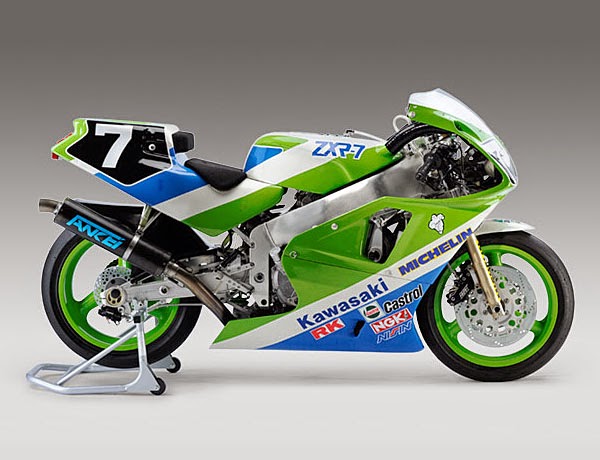
Scott “Mr. Daytona” Russell took the Muzzy Kawasaki prepared ZX-7RR to the 1993 WSBK title. The bike had also won 12 AMA Superbike Championships along the way, and the 1993 World Endurance Championship.
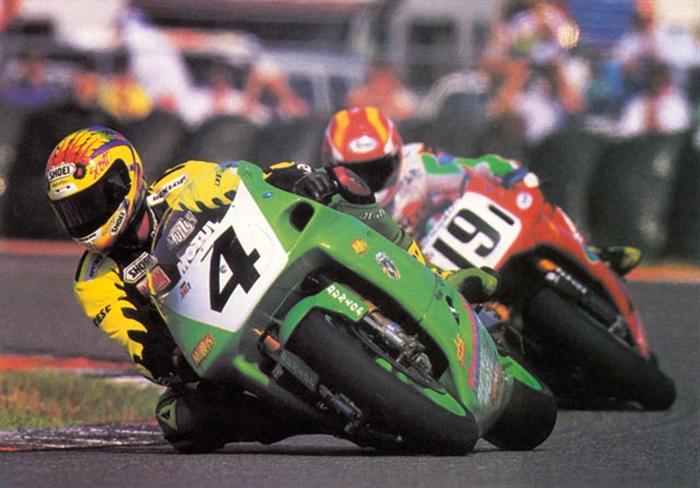
From 1996, Kawasaki revised the name to Ninja ZX-7R and Ninja ZX-7RR, respectively in 1996. The most distinctive feature of the Ninja ZX-7R were the twin “intake” pipes that ran from the top part of the upper front fairing into the gas tank.
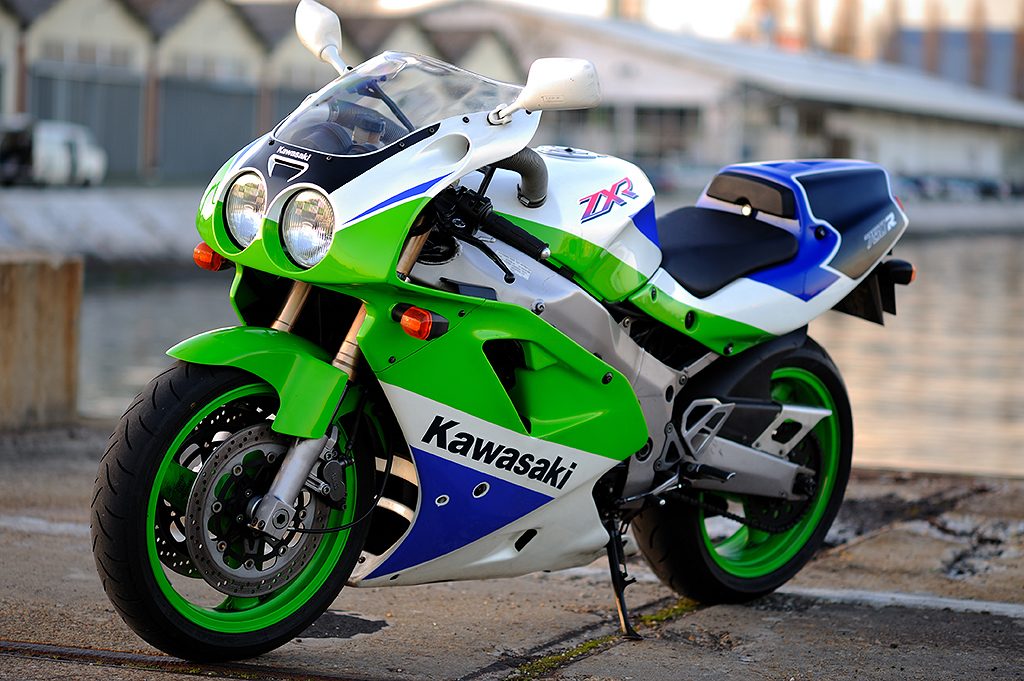
THE NINETIES
Then came the ZZR1100 (Ninja ZX-11) in 1990, and the top speed war has started. The ZZR1000 was the first motorcycle to employ the Ram-air intake, a term that’s familiar nowadays. The monster lump pushed out 145 bhp, letting the bike hit the 400m mark at 10.43 seconds and a top speed of 283 km/h. Yes, the ZZR1100 was the fastest production bike, although it was more of a sport-tourer in modern times.
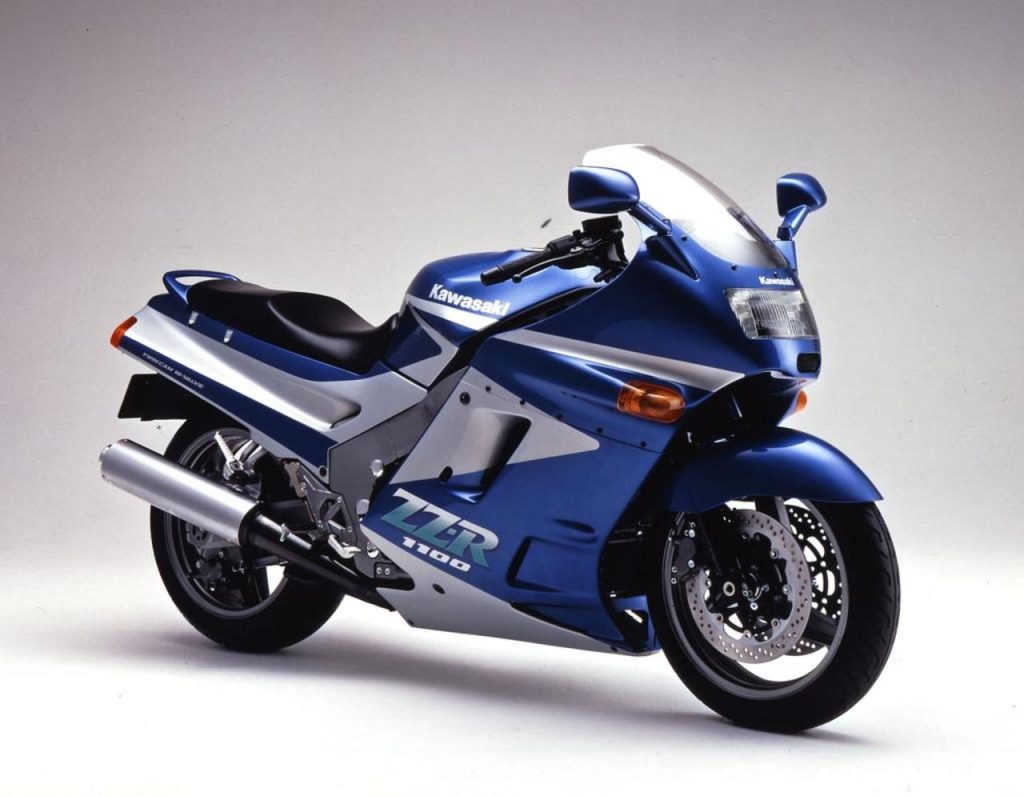
Did we mention top speed war? Kawasaki and Honda had been locked in the “Fastest Production Motorcycle” arms war ever since the Honda CB750 and Kawasaki Z1 era. Honda hit back against the ZX-11 with the CBR1100XX Super Blackbird (287 km/h top speed). Then Suzuki wandered into the fray in 1999 with the GSX-1300R Hayabusa.
However, in 1999 the European regulatory bodies had struck with the threat of an import ban if motorcycle manufacturers did not limit the top speed of their road-going motorcycles to 299 km/h, no doubt after seeing the Hayabusa hitting 312 km/h. That meant no motorcycle goes faster than 299 km/h, even if they made 1,000,000 bhp (that’s an exaggeration, but you get the idea).
But it may be a blessing, depending on how you looked at it. The end of the top speed war contributed to rider safety, but it also opened the way for engine characteristics that are easier for street riding, namely acceleration throughout the RPM range, rather than concentrating all the power just at the top. Manufacturers went on to compare 400m times.
THE NEW MILLENNIUM
So, in 2002, ZZR1200 (Ninja ZX-12) broke covers. The engine developed 160 bhp and went to “only” 274 km/h, as Kawasaki were forced to limit its horsepower. Still, the ZX-12 covered 400m in just 10.12 seconds. It’s also widely regarded as the most powerful carbureted motorcycle. But that’s not all, Kawasaki had offered hard luggage for touring.
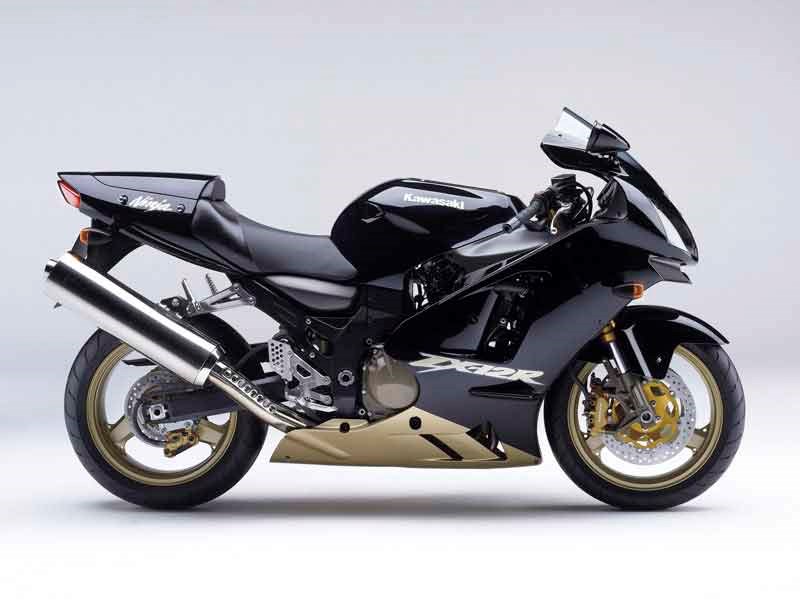
2003 saw a major rules overhaul in WSBK. Since MotoGP had gone 1000cc four-stroke the year before, organizers of WSBK decided to follow suit. Kawasaki excluded themselves from the 2003 season as they had no 1000cc sportbike. Kawasaki went ahead to replace the Ninja ZX-9R with the Ninja ZX-10R in 2004, and rejoined the championship in the same year.
The Ninja ZX-10R went through revisions every two years from between 2004 to 2007, before being updated every year to be competitive in WSBK, as the series is based on production motorcycles.
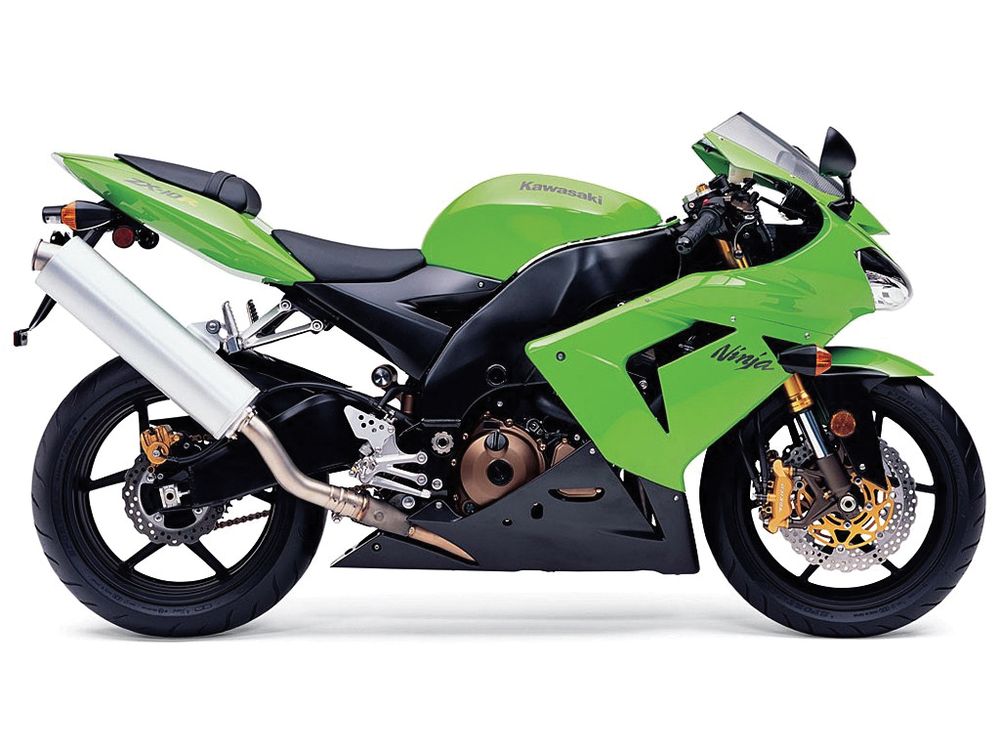
2006 saw the birth of the 190-bhp ZZR1400 (Ninja ZX-14). Top speed was limited to 299 km/h, but it blitzed the 400m run in 9.783, at 235.3 km/h.
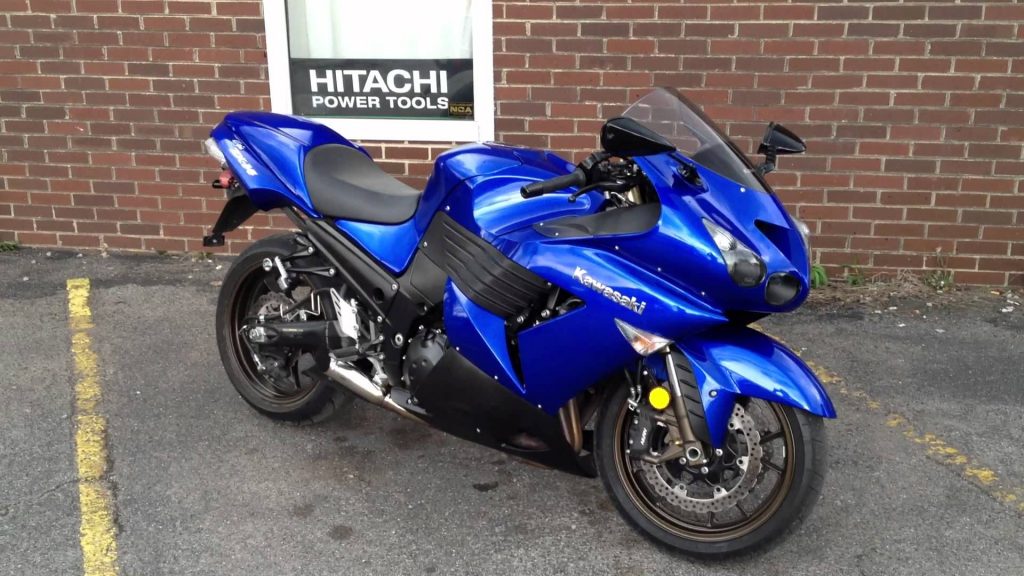
But get this: the 2012 model, called Ninja ZX-14R, was uprated to 208 bhp. Cycle World’s testing produced the fastest time: 9.47 seconds at 244.5 km/h.
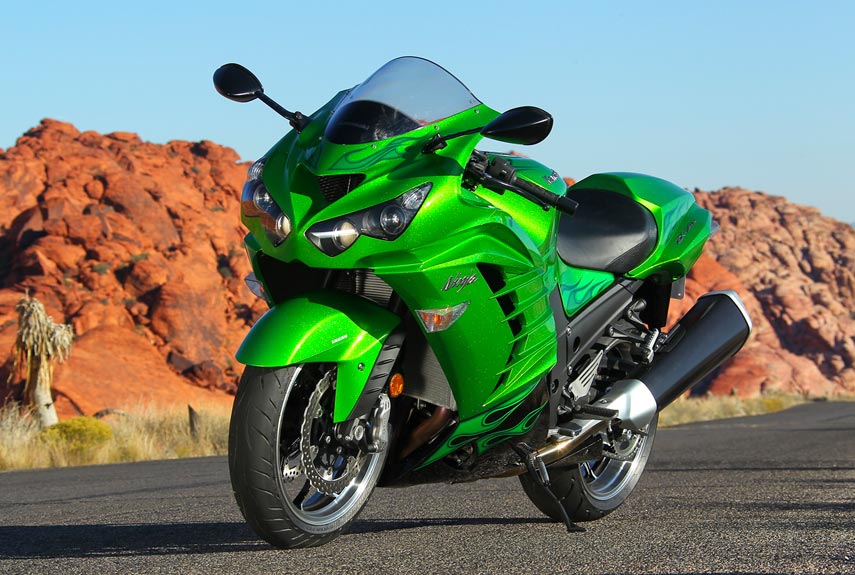
The ZZR1400’s engine was adopted for the 1400GTR (Concours 14 in the US) sport tourer in 2007, and it became one of the most popular big bore sport-tourers in the world and certainly in Malaysia. The engine was tuned for more torque at 157 bhp, besides lower fuel consumption.
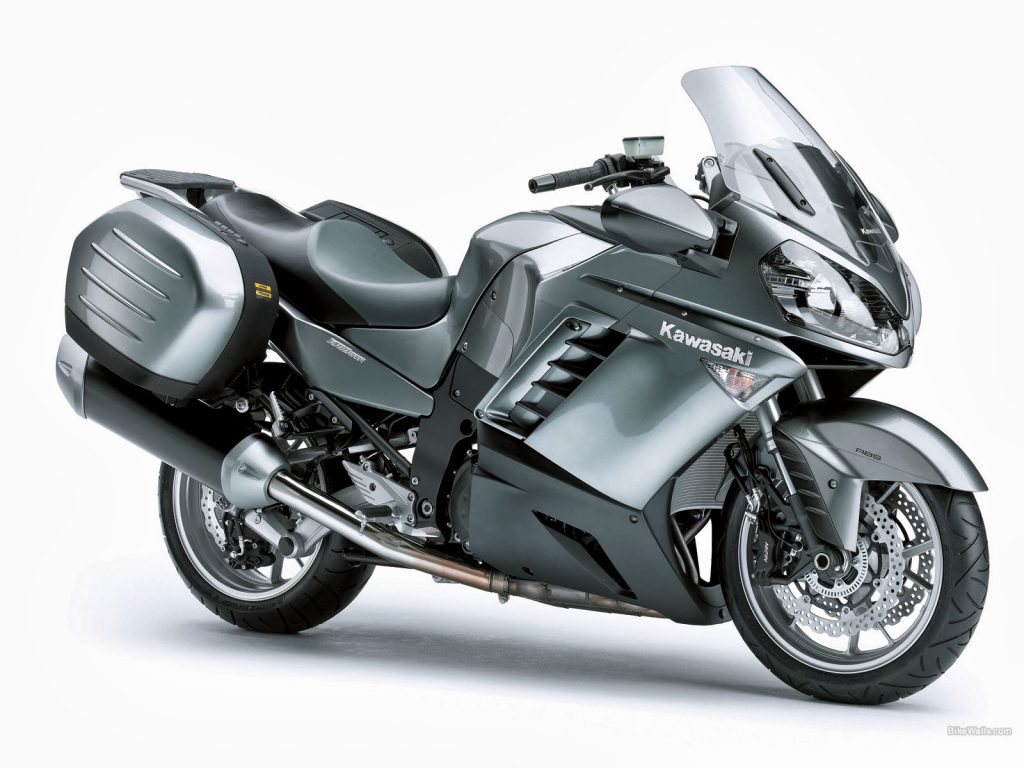
THE TWENTY-TENS
One important rider joined the Kawasaki team run by Paul Bird in 2010. He was Tom Sykes. The machine relatively uncompetitive on the track during that time, as Kawasaki had been devoid of riders of caliber since Scott Russell. Consequently, Sykes finished 14th that year.
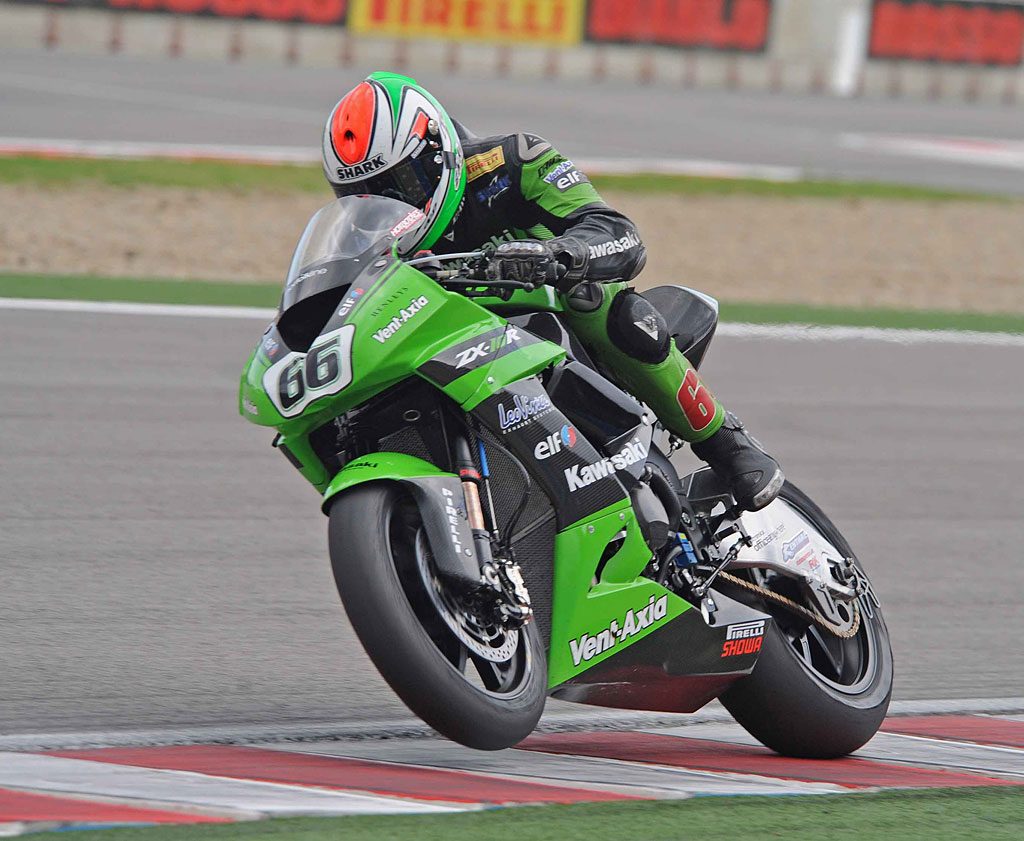
Kawasaki totally revamped the ZX-10R for the 2011 season. This was the year of the Sport Kawasaki Traction Control (S-KTRC) system and the Showa Big Piston Fork (BPF), among an entire host of new technologies. But it was a troubled season of sorts, with Sykes retiring five times and not starting twice, to eventually finish 13th (although he collected more points than 2010).
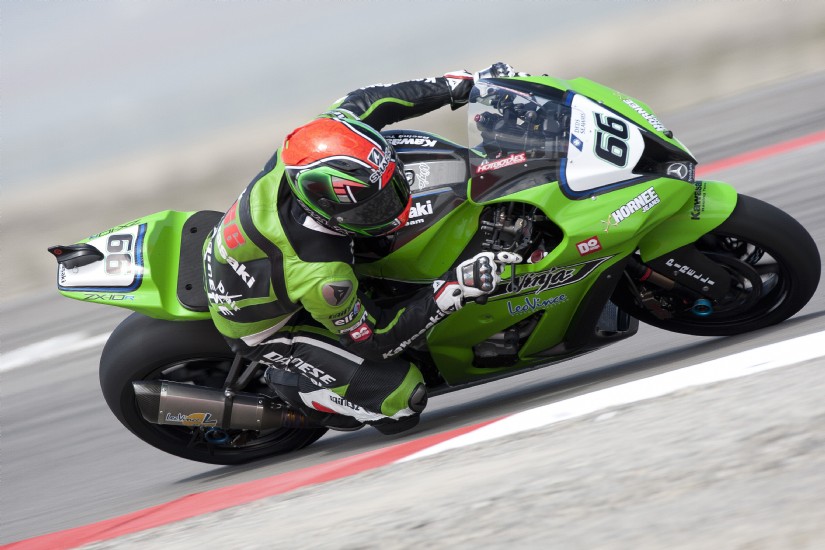
Sykes made amends in 2012, on the 2012 ZX-10R which was identical to the previous year’s, and finished the season in second, before going on to win the 2013 WSBK title, exactly 20 years after Russell’s.
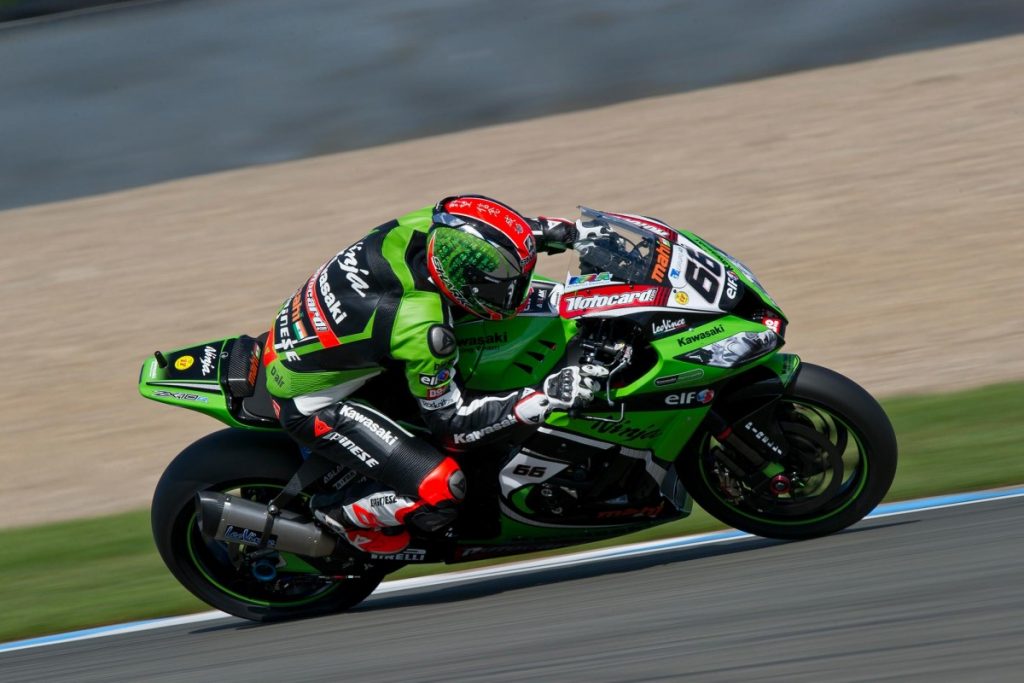
The win also signaled the start of Kawasaki’s dominance in WSBK.
In 2014, he won 8 from 24 rounds, but suffered the only retirement at Round 1 in Sepang. Sylvan Guintoli on the Aprilia had won only five, on the other hand. Sykes lost the championship by an agonizingly close 6 points.
2015 saw the signing of Jonathan Rea as Sykes’ teammate, who went on to win 14 rounds, finishing off the podium only twice with one retirement. That was Rea’s first title.
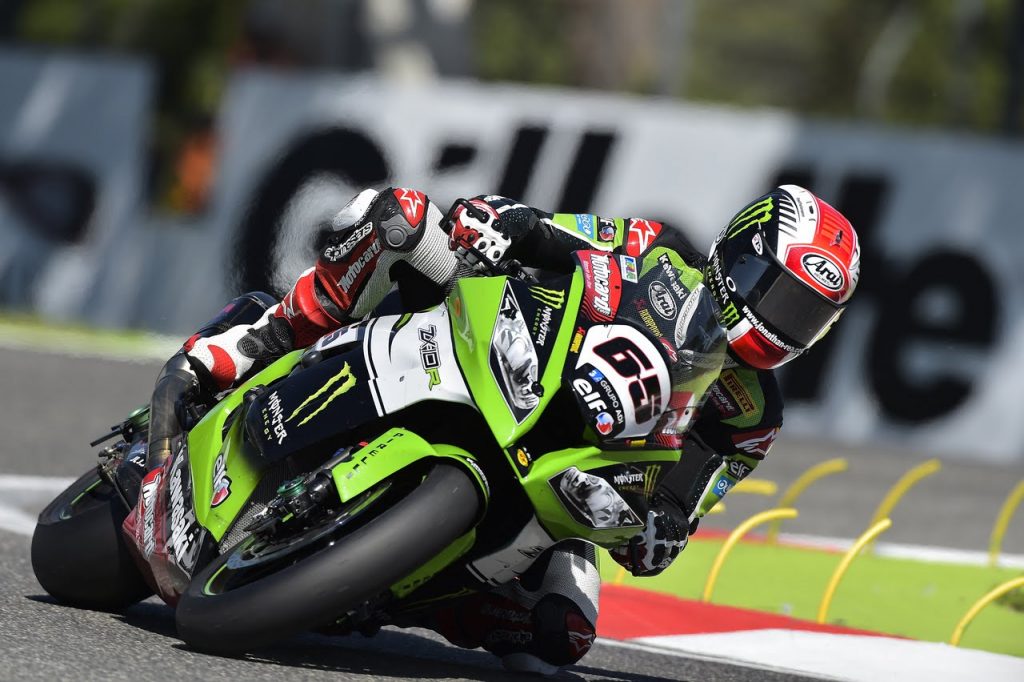
Kawasaki put the ZX-10R through another major update. It now makes 210 bhp, and features the Bosch Inertial Measurement Unit (IMU). The S-KTRC is now the most sophisticated which has a launch control mode, quickshifter for both up- and downshifts, and optional KIBS smart cornering ABS. The forks have been replaced by the Showa Balance Free Fork (BFF) and front brake calipers are Brembo M50 Monoblocks.
However, even this great news was surpassed by one motorcycle: The Kawasaki Ninja H2R and later-H2.
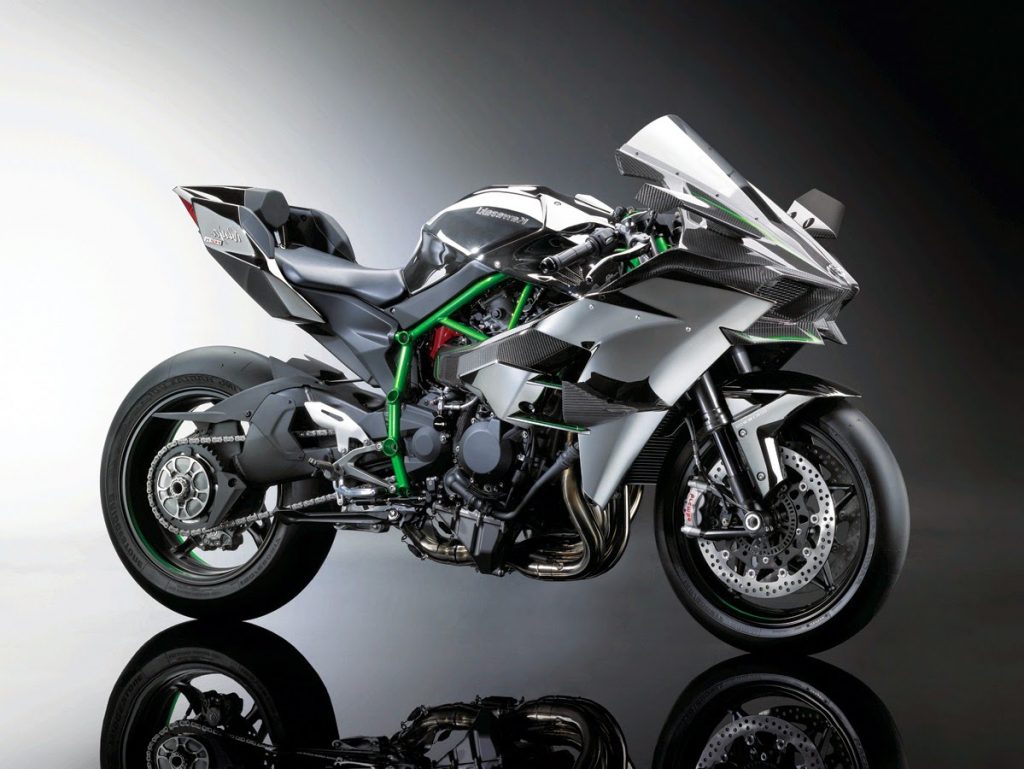
But why make a supercharged 326-bhp (with ram air) behemoth in an age where bikes are limited to 299 km/h? Well, Kawasaki said, “… to disrupt a sleeping market.” Its namesake was the 1972 H2 Mach IV, the fastest and baddest production motorcycle at the time.
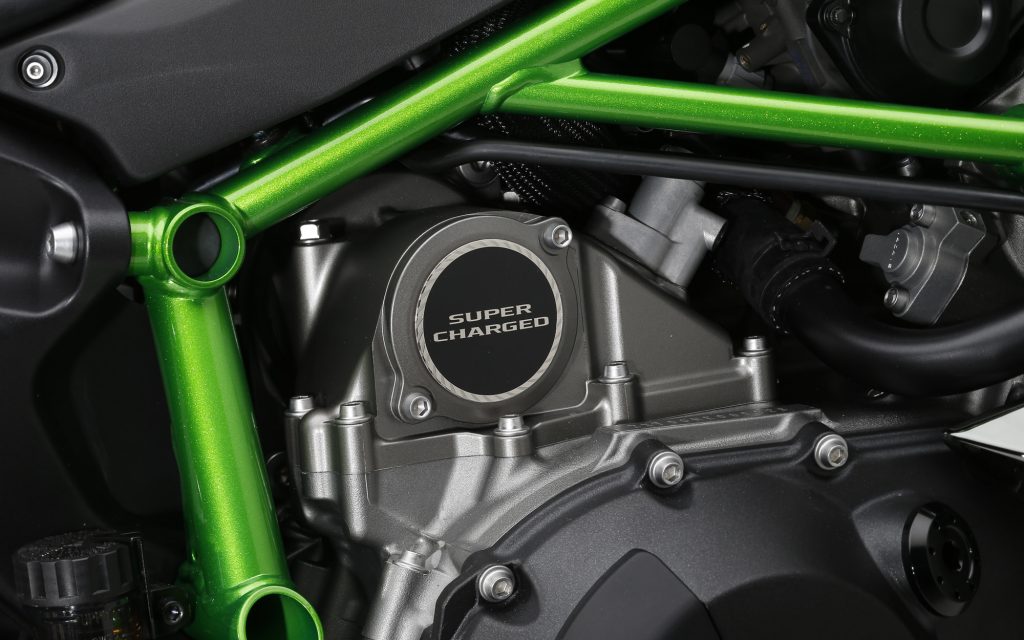
No top speed or 400m times was published, but when James Hillier rode a H2 in the 2015 Isle of Man TT to 332 km/h on the Sulby Straight, it was the fastest ever top speed on the island. The speed was GPS-verified on Hillier’s GPS app.
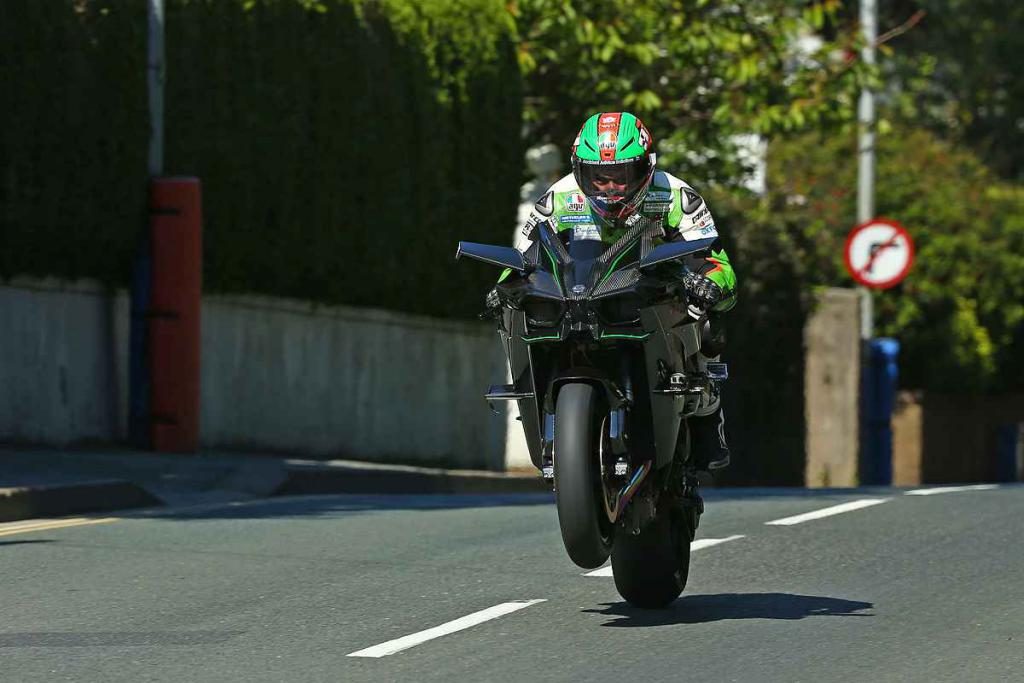
In 2016, five-time World SuperSport Champion, Kenan Sofuoglu took a stock H2R to 400 km/h in 26 seconds. Although not GPS or radar verified, the speed tallied with calculating the time (26 seconds) it took to cover 2,862m Osman Gazi Bridge in Turkey.
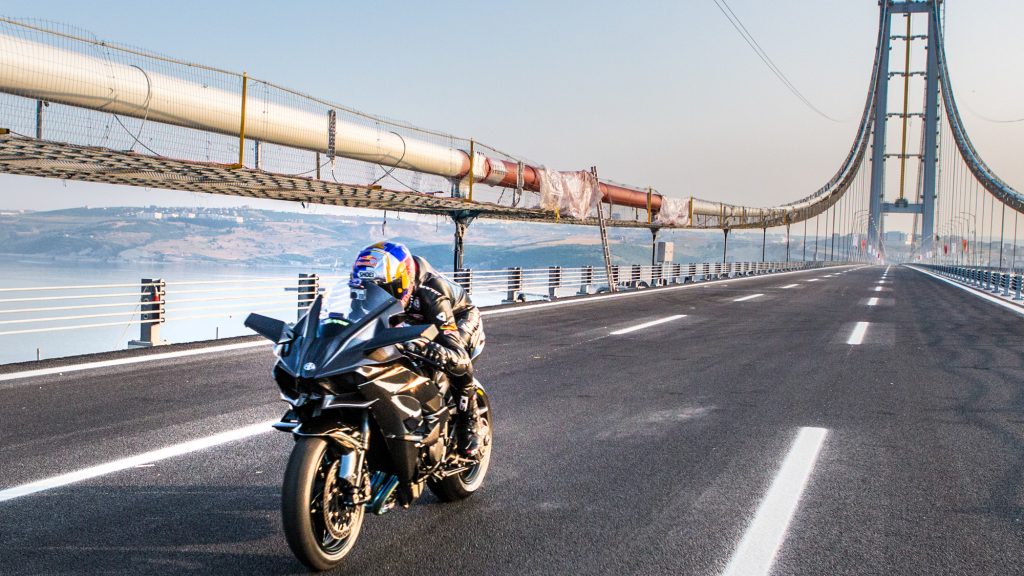
The road-legal H2 was released soon after the H2R. The H2 shares the same supercharger as the H2R, albeit at a lower boost. Still, Cycle World recorded a 400m time of 9.62 second at 244.64 km/h.
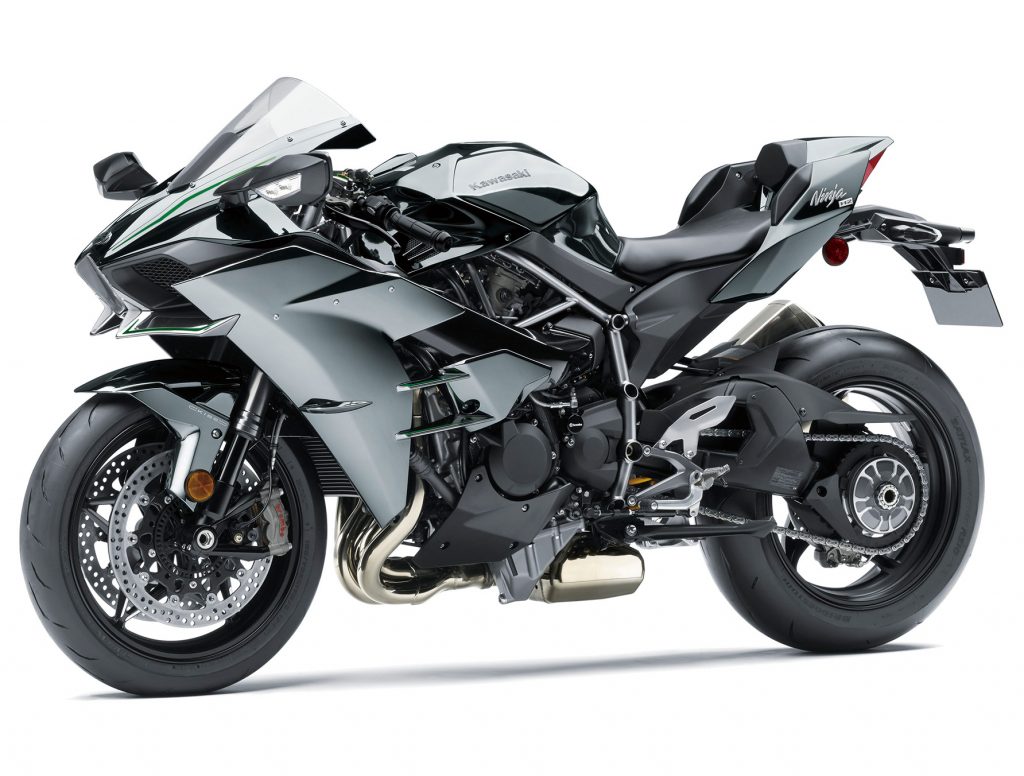
This is why the H2R and H2 wears the meritorious “River Symbol.” The symbol is only given to the most significant engineering marvels in Kawasaki’s world.
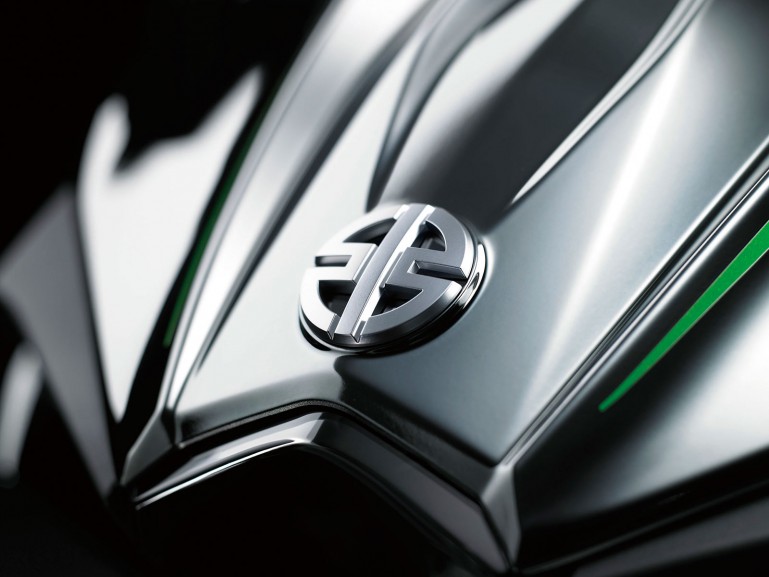
Meanwhile in WSBK, Rea followed up his feats in 2016, but he was pushed hard by his arch-nemesis, Chaz Davies on the Ducati. Sykes finished in second.
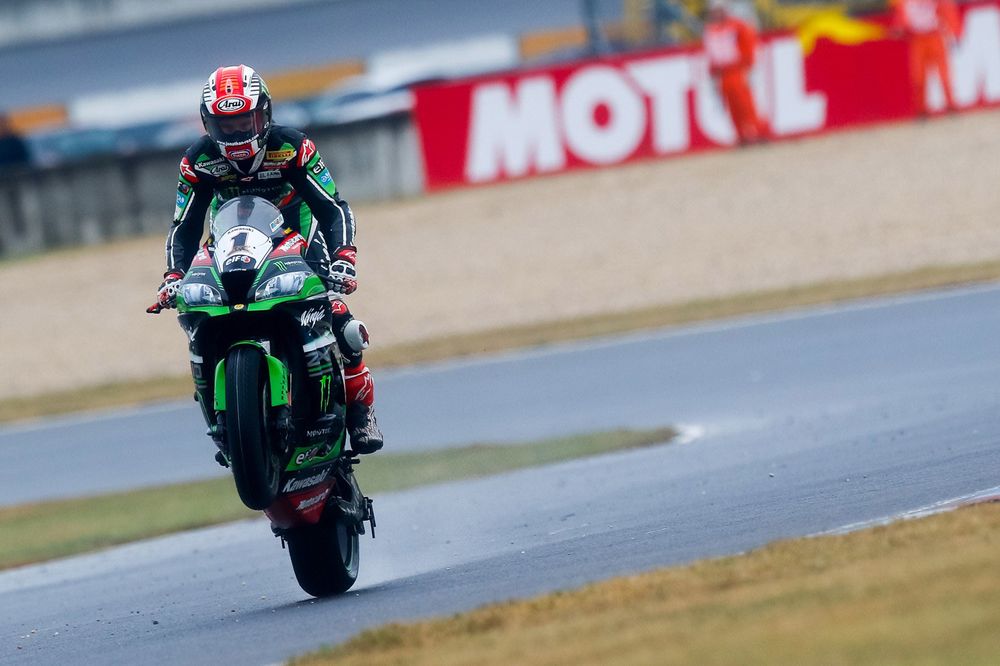
The 2017 season is coming to a close on 2nd and 3rd November in Qatar. Except for two retirements due to crashed, Rea has won 14 rounds and never off the podium. He’s already been crowned as a Triple-WSBK Champion.
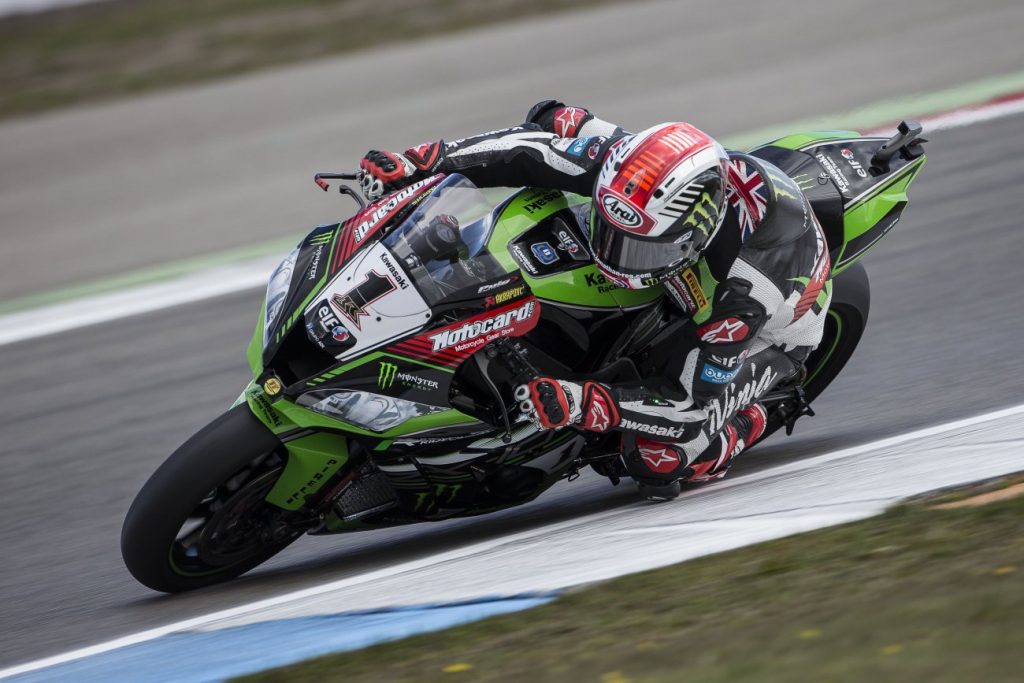
Kawasaki also released a WSBK homologation model in 2017, called the Ninja ZX-10RR with modified cylinder head, DLC coated valvetrain, a strengthened crankcase, Marchesini seven-spoke rims, bi-directional quickshifter, and a single seat. This model will be a limited run of 500 units, and customers could order the race kit parts.
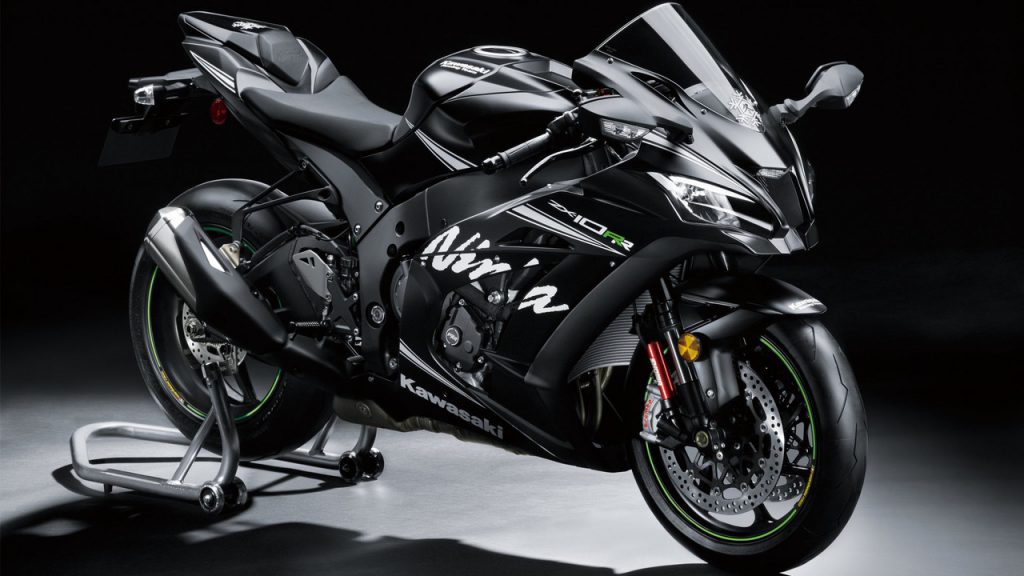
CONCLUSION
So, there you go, the background to Kawasaki’s world dominating motorcycles. As we said earlier, a direct comparison between what’s old and new would be inaccurate, as motorcycle technology and engineering, and manufacturing technology, experience and materials have come a long way.
But what remains is Kawasaki’s spirit of pushing the engineering, performance and design envelopes. In this sense, there’s no difference between the old versus the new.
